UPDATE: Apple's excellent iPhone 12 and iPhone 12 Pro have landed on our list of the best phones in Australia for 2020 – read on to find out where they've placed!
Here at TechRadar, we check out almost every phone under the sun, putting the ones that matter through our vigorous testing process to create our in-depth mobile phone reviews.
However, with so many to choose from, we've spent hours whittling them down to a top ten, taking into account power, specs, design and value for money. And we'll always point you in the direction of the latest handsets – after all, nobody wants to be carting around a phone that doesn't get any updates in a year's time, right?
So whether it's one of the many slick Android handsets, the latest iPhone or one from a range of other cool manufacturers, we've extensively tested them all so you don't have to!
Here are our rankings for the best smartphones that are currently available in Australia in 2020. Simply click on the phone you read more about.
Best phone at a glance:
1. Samsung Galaxy Note 20 / Note 20 Ultra
2. Samsung Galaxy S20 / S20 Plus
3. iPhone 12
4. Samsung Galaxy Note 10 Plus
5. iPhone 12 Pro
6. Samsung Galaxy S20 Ultra
7. iPhone SE (2020)
8. Samsung Galaxy S10 / S10 Plus
9. iPhone 11
10. Google Pixel 4 XL
11. Samsung Galaxy S10 5G
12. Samsung Galaxy Z Flip
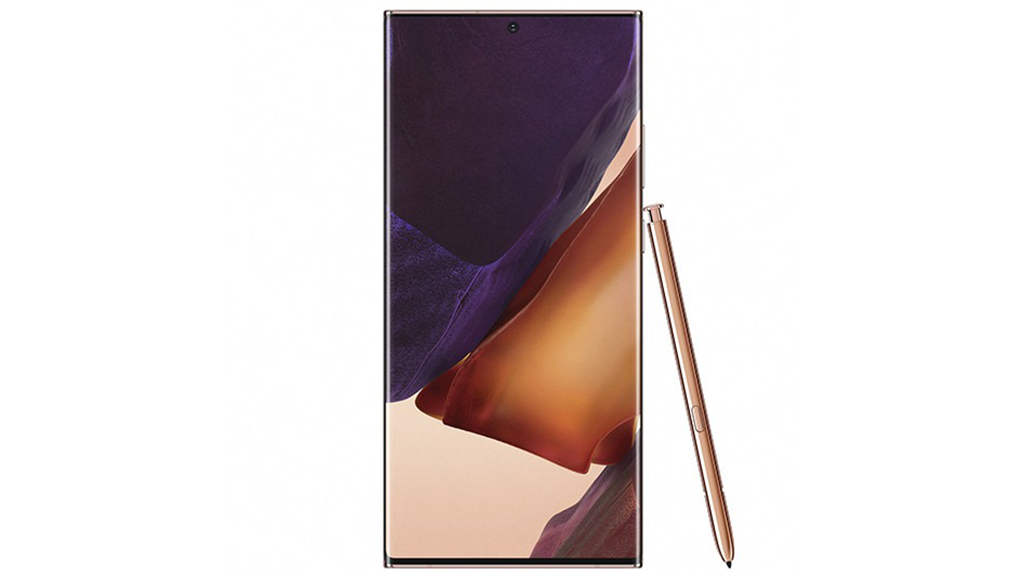
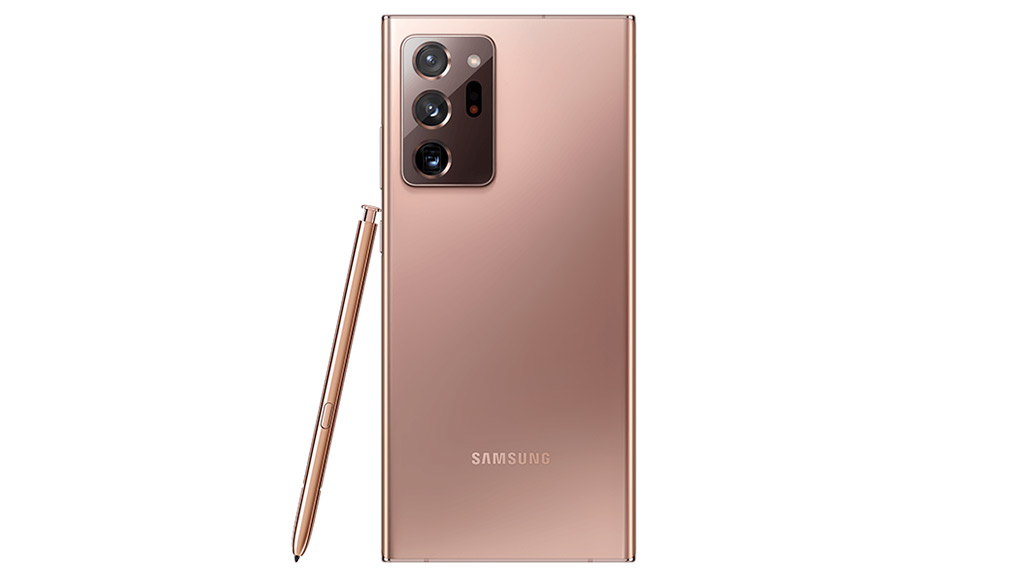
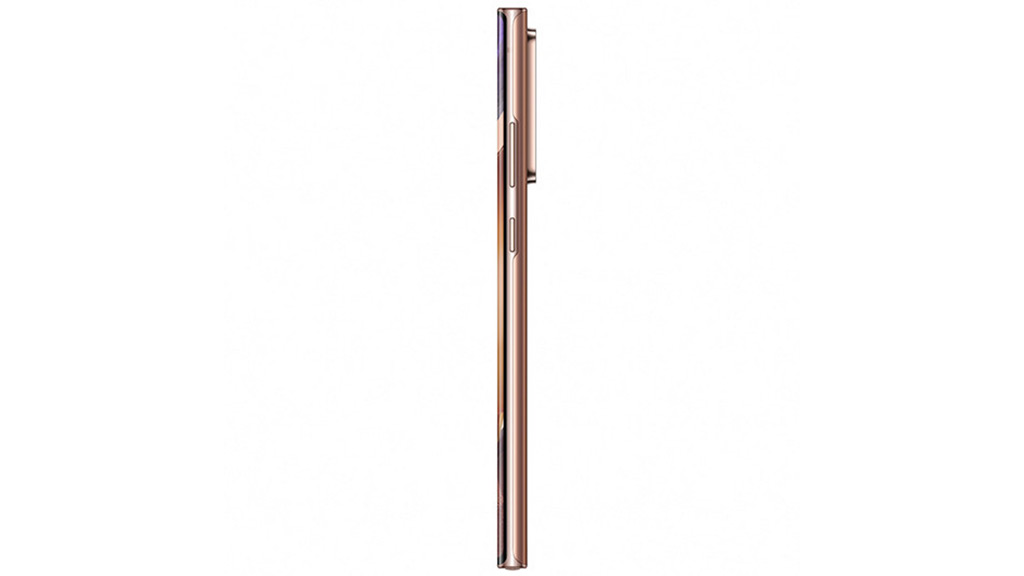
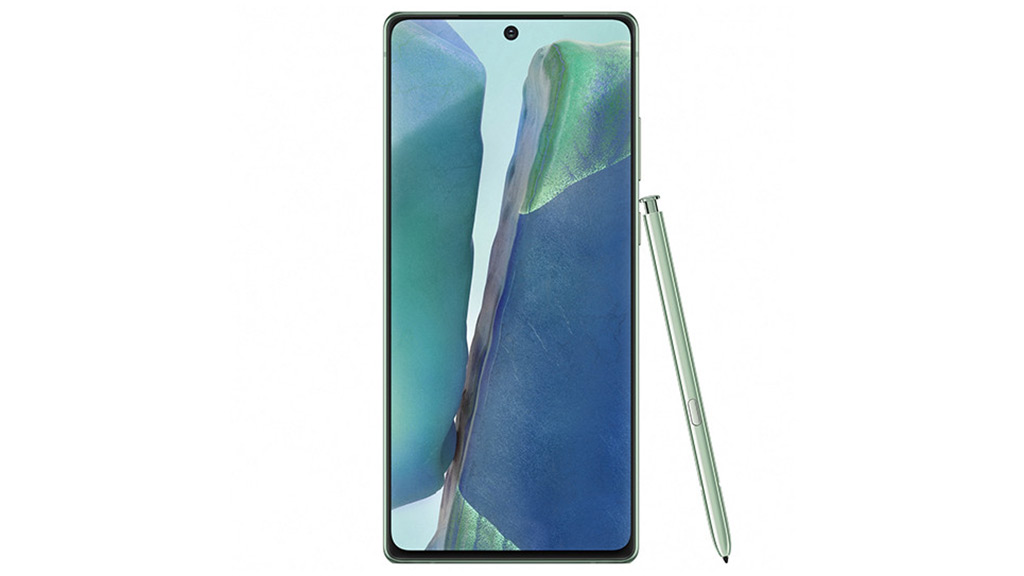
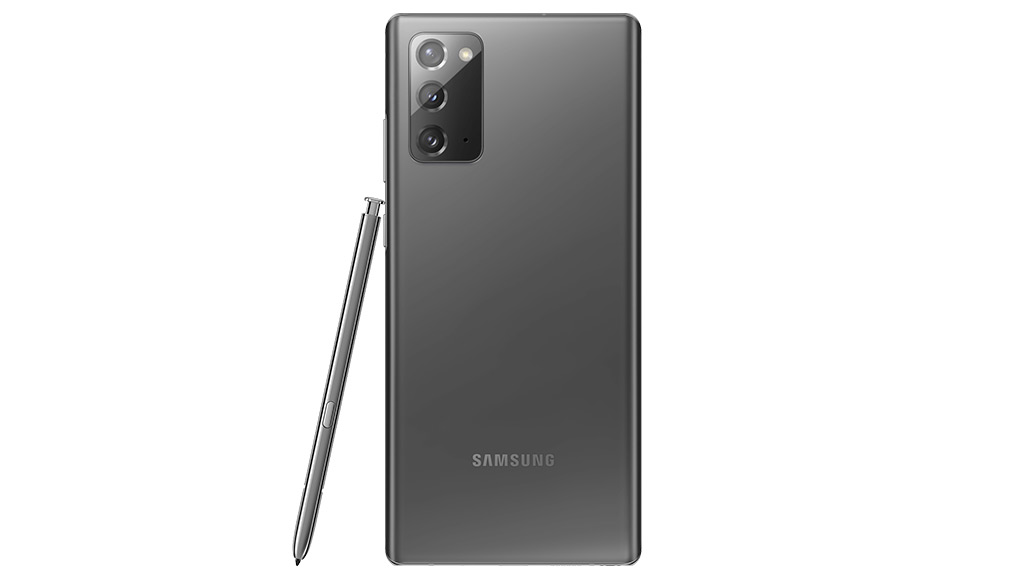
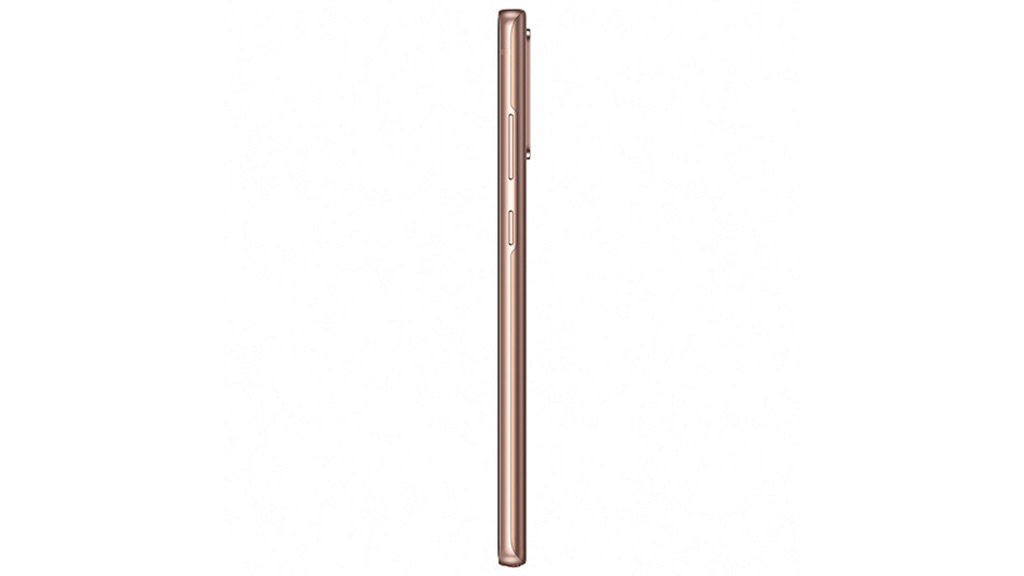
1. Samsung Galaxy Note 20 / Note 20 Ultra
Samsung's best Note to date
Release date: August 2020 | Weight: 192g / 208g | Dimensions: 161.6 x 75.2 x 8.3 / 164.8 x 77.2 x 8.1mm | OS: Android 10 | Screen size: 6.7-inch / 6.9-inch | Resolution: 1080 x 2400 / 1440 x 3088 | CPU: Exynos 990 | RAM: 8GB / 12GB | Storage: 128 / 256GB / 512GB (Ultra) + microSD | Battery: 4,300mAh / 4,500mAh | Rear camera: 12MP+64MP+12MP / 108MP+12MP+12MP | Front camera: 10MP / 10MP
Much like it's done each year prior to this one, Samsung's latest Galaxy Note range expands upon the advancements first laid out by the S-series lineup that arrived several months earlier, while also improving on that groundwork by adding a few tricks of its own.
In a move that makes the Note 20 series much easier to follow from a consumer standpoint, Samsung is mercifully offering only two model types this year: Galaxy Note 20 and Galaxy Note 20 Ultra (so long, Plus model).
Being the top-tier phones that they are, each phone is packed to the brim with a number of class-leading features. That said, the Galaxy Note 20 range's pricing certainly reflects their premium nature, starting at AU$1,499 for the 4G-only Note 20 with 256GB of onboard storage, all the way up to AU$2,199 for the 512GB model Note 20 Ultra with 5G support.
Clearly, the Galaxy Note 20 range is not cheap, but buyers can rest assured that their hard-earned dollars are getting the best that money can buy when it comes to smartphone technology in 2020 – particularly in the case of the sublime Note 20 Ultra.
Screen: Samsung's Note range is known for consistently upping the ante when it comes to smartphone AMOLED displays, and it has done so once again with the utterly glorious screen boasted by the Galaxy Note 20 Ultra.
Unlike the Galaxy 20 Ultra that released earlier in the year, Galaxy Note 20 sports an adaptive 120Hz display, meaning it's able to automatically raise and lower its frame rate in an effort to conserve battery.
Chances are you won't even notice when its refresh rate does drop down, as general UI navigation is buttery smooth most of the time. Unfortunately, the regular Note 20 misses out on the 120Hz display, with Samsung opting for a less-impressive 60Hz refresh rate on the handset's FHD+ screen.
It's also worth noting that both handsets have majorly improved on last year's models in terms of S Pen latency, making the scribbling experience near indistinguishable from writing on actual paper.
Battery Life: In terms of battery life, the Note 20 range gets a significant increase in capacity over the S20 range. We get a 4,300mAh battery on the Galaxy Note 20 and 4,500mAh on the Galaxy Note 20 Ultra. Combine the latter with the Ultra's new adaptive display feature, and you should easily get to the end of your day with juice to spare.
Camera: Although each handset offers near-identical functionality and firmware (resolution and refresh rate options aside), there are some significant differences between the two phones, particularly when it comes to their cameras.
For starters, the Note 20 Ultra predictably receives the lion's share of camera advancements this year, including a 108MP primary sensor, and a periscope lens that's capable of 50x hybrid zoom. Meanwhile, the standard Note 20 offers a 12MP wide lens, a 64MP telephoto lens and a 12MP ultrawide lens, along with hybrid zoom up to 30x.
On paper, that's clearly a step down from the 100x zoom offered by the S20 Ultra, however, we'd argue that the ability to take blurry photos from hundreds of metres away isn't all that necessary to begin with.
The Note 20 range also excels at video capture, offering 8K recording at 24fps in either 16:9 or 21:9 aspect ratios, which will hopefully inspire a new generation of indie filmmakers. Additionally, Samsung has included a wealth of pro video features, such as the ability to switch between front, rear and omni-directional audio recording, along with support for Bluetooth and USB microphones.
If we were to mark down the handsets' cameras for anything, it would be the incredible chunkiness of its camera bump itself, which makes it impossible to lay each phone down flat without an equally-thick case. It's true that the standard Note 20's camera bump is slimmer than its Ultra equivalent, however, the trade-off is a significant downgrade in camera functionality.
Mini verdict: Samsung has done it once again, delivering a pair of magnificent pro-level smartphones that lead the pack in a number of important areas. From its brilliant 120Hz display to its fantastic video recording options, the Samsung Galaxy Note 20 Ultra is the smartphone to beat in 2020. Likewise, Samsung's standard Galaxy Note 20 an exceptional phone at a price point that will make it far more approachable for many people.
Read the hands on review: Samsung Galaxy Note 20
Read the full review: Samsung Galaxy Note 20 Ultra
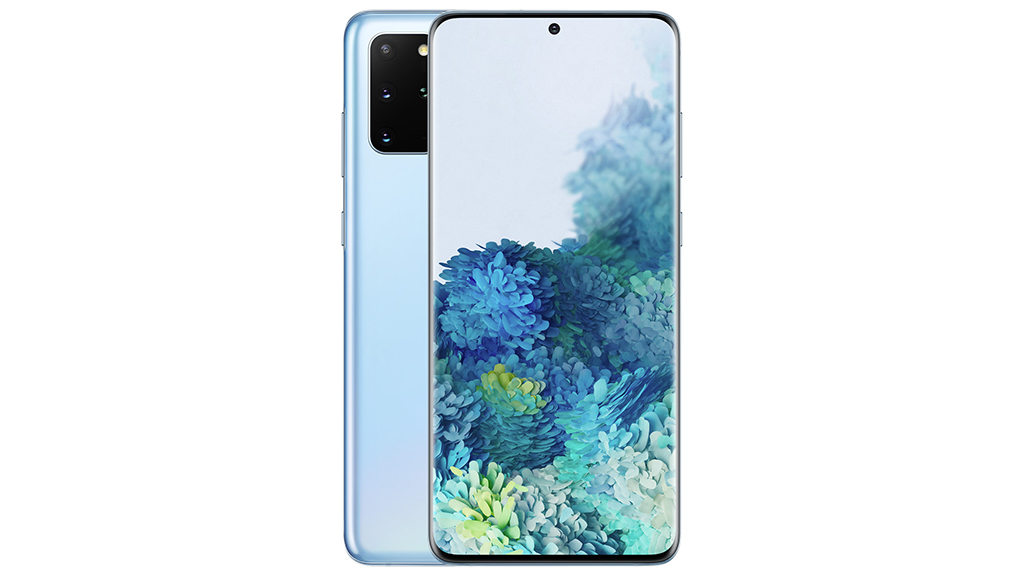
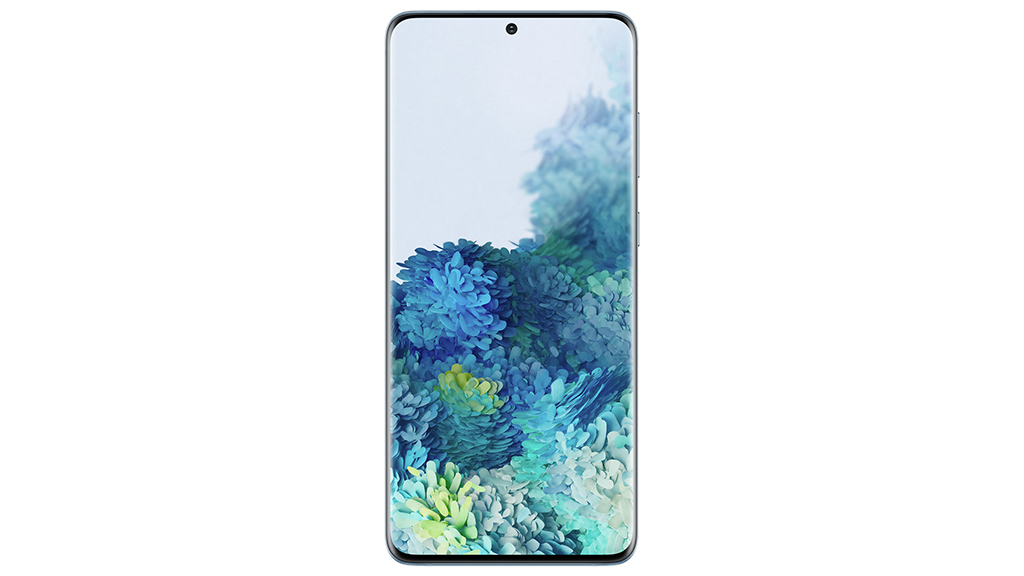
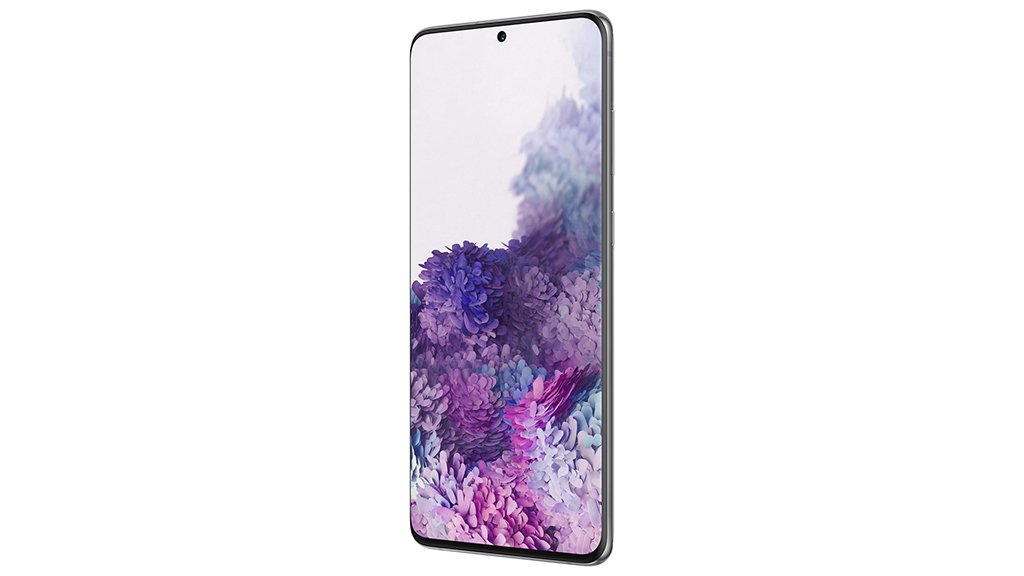
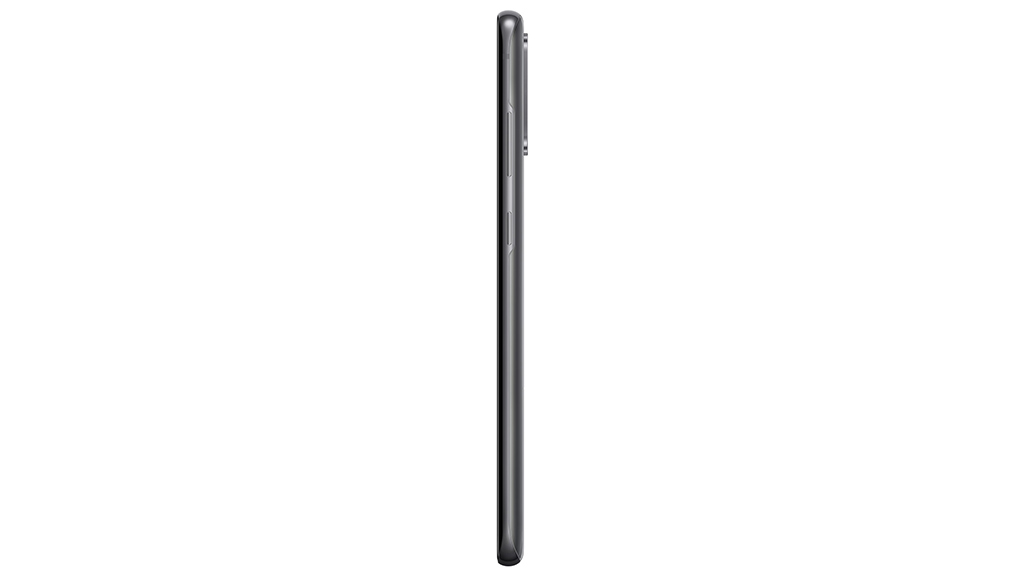
2. Samsung Galaxy S20 / S20 Plus
Samsung raises the bar once again
Release date: March 2020 | Weight: 186g | Dimensions: 166.9 x 76 x 8.8mm | OS: Android 10 | Screen size: 6.7-inch | Resolution: 3200×1440 | CPU: Snapdragon 865 | RAM: 12GB | Storage: 128/512GB (up to 1TB with card) | Battery: 4,500mAh | Rear camera: 12MP + 64MP + 12MP | Front camera: 10MP
If it weren't for the new Galaxy Note 20, Samsung's Galaxy S20 Plus would be the best phone on our list, though the S20 is so similar (and only slightly inferior) that we've lumped them together here. There are minute differences, but mostly in price: the standard S20 starts at AU$1,349, while the S20 Plus starts at AU$1,499. That's a bigger jump than last year, owing mostly to the S20's newly added 5G capabilities.
Of course, you also have the option of picking up Samsung's top-tier model in the range, the Galaxy S20 Ultra, though you may want to consider whether its questionable 100x zoom functionality and inconsistent 108MP camera are really worth the much higher AU$1,999 starting price point.
Screen: The Infinity-O AMOLED displays on both phones - 6.2 inches for the S20, 6.7 inches for the S20 Plus - are gorgeous, with a maximum WQHD+ resolution of 3200 x 1440. Thankfully, the notches are both centralised like the Note 10, and they're much smaller this time around, however, it's worth noting that the S20 Plus only has a single lens. The result: more screen.
Also new this year is a 120Hz maximum refresh rate for silky-smooth media and gaming, though it's likely that you'll mostly notice it while browsing. Admittedly, you will to drop your display resolution down to FHD+ to enjoy it, however, the trade is far less of an issue than you might think – the S20's display still looks incredibly sharp outside of its full QHD+ setting.
Battery Life: The S20 packs a 4,000mAh battery, while the S20 Plus has 4,500mAh of capacity. That is, to put it lightly, a lot, and frequently got us through over a day without the need to recharge. Keep in mind that battery life estimate will dip down if you set the refresh rate at 120Hz, frequently use 5G connectivity or lend juice with the handset's Wireless PowerShare feature, so adapt accordingly if you're looking to keep your phone going longer.
Camera: The S20 and S20 Plus have truly spectacular cameras. No, not their 12MP main shooters, which are fine - it's the 64MP telephoto that really shines. While it only has 3x optical zoom, it still manages to crop zoom in to a muddy 30x digital zoom - which means the interim intervals are still a good deal more impressive than the competition. The 12MP ultra-wide performs adequately, while the 10MP front-facing camera works just fine.
Another first-time bonus: 8K 24fps video from the rear camera, allowing for truly cinematic footage. Of course, few people actually own an 8K display this early in the tech's life-cycle, however, the higher resolution does allow video editors to crop in close without losing a whole lot of detail.
Mini verdict: While the Samsung Galaxy S20 is impressive enough, it's the S20 Plus that we vouch for as the best phone right now, even if it's slightly more expensive. The combination of incredible cameras with top-tier specs and a great display makes it an unquestionable winner with more battery life than its smaller sibling.
Read the full review: Samsung Galaxy S20
Read the full review: Samsung Galaxy S20 Plus
See the best Samsung Galaxy S20 telco plans
See the best Samsung Galaxy S20 Plus telco plans
See the best Samsung Galaxy S20 outright deals
See the best Samsung Galaxy S20 Plus outright deals
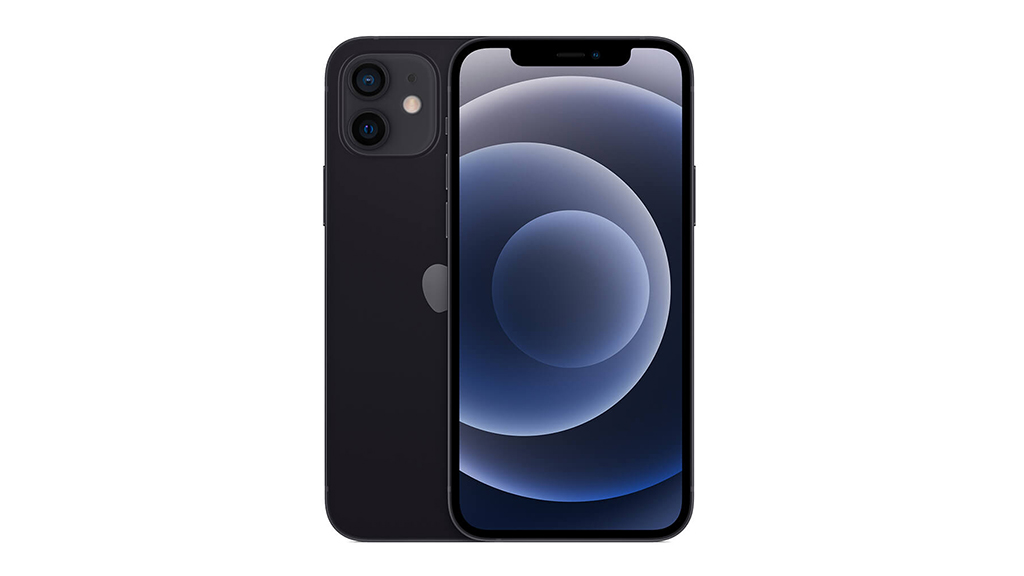
3. iPhone 12
The best Apple iPhone bang for your buck
Weight: 164g | Dimensions: 146.7mm x 71.5mm x 7.4 mm | OS: iOS 14 | Screen size: 6.1-inch | Resolution: 1170 x 2532 | CPU: A14 Bionic | RAM: 4GB | Storage: 64GB/128GB/256GB | Battery: Unknown | Rear camera: 12MP+12MP | Front camera: 12MP
The iPhone 12 is a similar phone in a lot of ways to the iPhone 11, but with 5G for the first time, coupled with an OLED screen, a more durable build, and increased power, it’s the best iPhone for most people.
The iPhone 12 Pro and iPhone 12 Pro Max are obviously better still – but they also cost more, making them arguably less appealing for many people.
Screen: The upgrade to OLED on the standard iPhone 12 means this has an excellent display – one that can stand up to its pricier siblings, though this is still just a 60Hz screen.
Battery life: The iPhone 12’s battery life is solid – and better than its predecessor’s battery, but it still can’t compete with the longest lasting smartphones. You’ll probably be charging it nightly, but at least you have the option to do that without wires.
Camera: The dual-lens camera (consisting of 12MP main and ultra-wide snappers) on the iPhone 12 performs well even in low light, but it’s not much of an upgrade on the iPhone 11 here. Though being able to use Night Mode with both sensors is a nice bonus.
Mini verdict: The iPhone 12 isn’t the best spec iPhone available, but it strikes a good balance between price and features, packs a class-leading chipset, and has the future proofing of 5G. So if you want an excellent iPhone that won’t completely decimate your bank balance, this is the one to go for.
Read the full review: iPhone 12
See the best iPhone 12 telco plans
See the best iPhone 12 outright deals
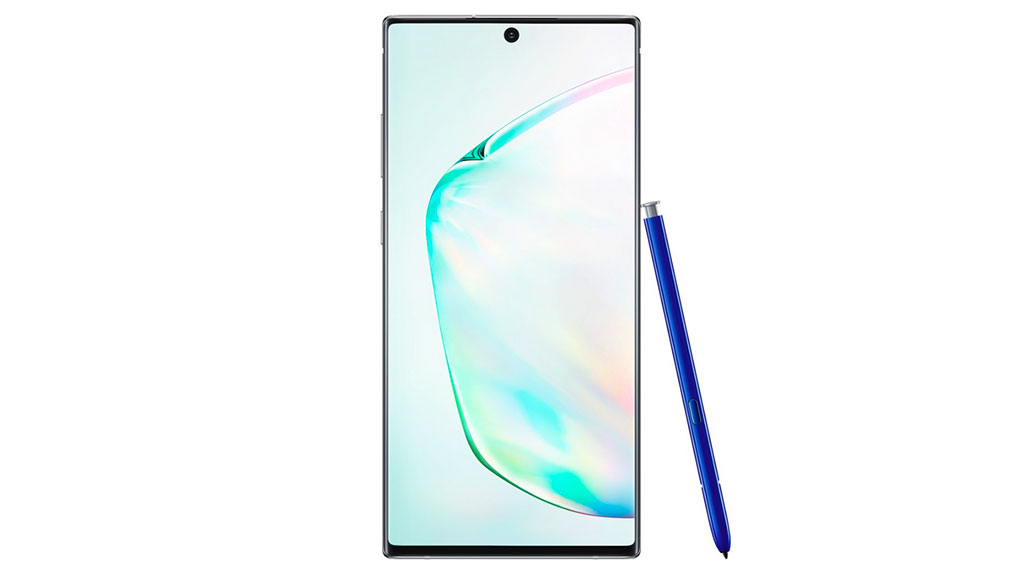
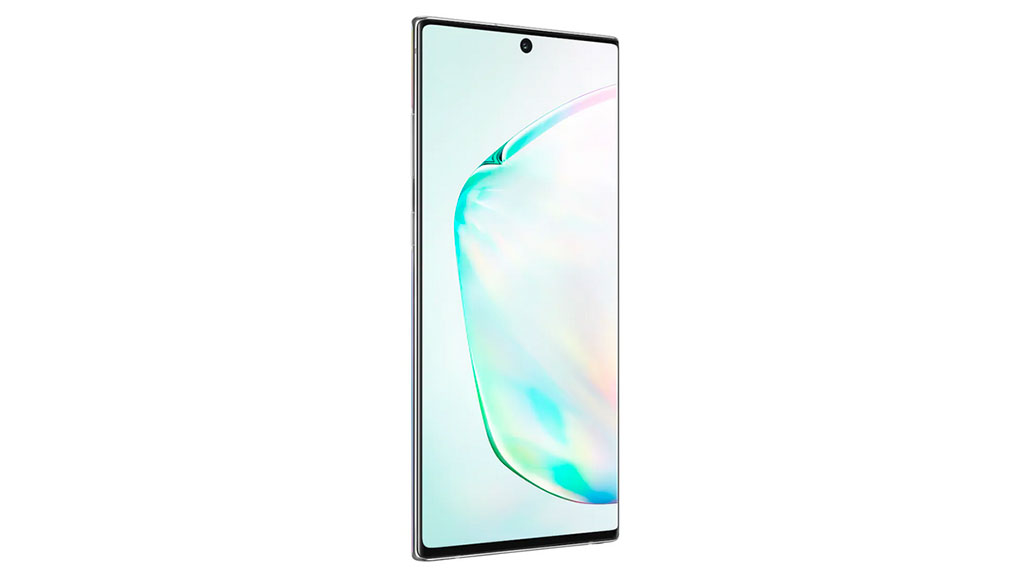
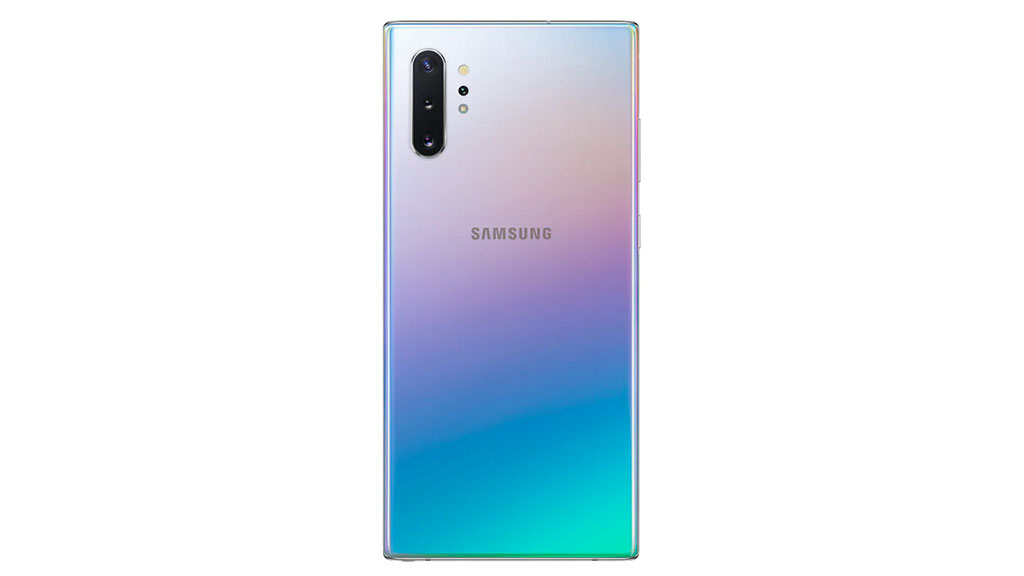

4. Samsung Galaxy Note 10 Plus
Samsung's best Note to date
Release date: August 2019 | Weight: 196g | Dimensions: 162.3 x 77.2 x 7.9mm | OS: Android 9 | Screen size: 6.8-inch | Resolution: 1440 x 3040 | CPU: Exynos 9825 | RAM: 12GB | Storage: 256GB/512GB | Battery: 4,300mAh | Rear camera: Dual 12MP + 12MP + 16MP + 3D ToF | Front camera: 10MP
The ultimate refinement of Samsung’s Note line, the Galaxy Note 10 Plus brings some of the Galaxy S10’s best features over to the productivity-focused handset, making it the perfect phone for both work and play. While a couple of its design changes may irk long-time Note devotees, it’s still the best smartphone that Samsung has ever produced.
Screen & Design: Having gotten used to the various display notches and pinhole cutouts that smartphone manufacturers have experimented with over the last year, it’s easy to forget that 2018’s Galaxy Note 9 still had fairly sizeable bezels at the top and bottom of its screen. By comparison, the Galaxy Note 10 Plus’ bezel-free design feels like a drastic step up, with only a small, centred pinhole camera stealing any real estate away from its otherwise all-screen front.
And what a screen! The Galaxy Note 10 Plus sports the most gorgeous Super AMOLED display we’ve ever laid eyes on, with its QHD+ resolution offering brilliant detail in photos, videos and games. Thanks to the inclusion of HDR10+, it also produces stunningly vibrant colours, deep blacks and exceptional brightness.
In terms of shape, size and layout, the Galaxy Note 10 Plus is quite similar to last year’s model, albeit with a few key differences. For one, there’s no longer a dedicated power button on the phone’s right edge. Instead, the Note 10 Plus can be powered on using the left-mounted Bixby button. The biggest and most controversial change, however, is undoubtedly the lack of a 3.5mm headphone jack – a feature that the Note series has long championed and held up as a key selling. That’s easily remedied by switching to Bluetooth headphones or using the included USB-C earbuds, but we can’t say we’re happy to see the 3.5mm port go.
It's also worth noting that despite the Note 10 Plus' huge 6.8-inch screen size, the handset feels remarkably compact in the hand thanks to its almost nonexistent bezels. it's also very light and well-balanced for its size.
Performance: Last year’s Note 9 had a huge 4,000mAh battery – the biggest Samsung had ever implemented in a device at the time. That’s since been topped by the Galaxy S10 5G’s enormous 4,500mAh battery, however, the Note 10 Plus’ 4,300mAh pack is still quite hefty, and should keep your handset juiced well until bedtime.
In terms of horsepower, the Galaxy Note 10 Plus sports Samsung’s latest Exynos 9825 chipset, offering fantastic gaming performance when combined with the handset’s Mali-G76 MP12 GPU and 12GB of RAM. We’ve spent countless hours playing the graphically-intensive Call of Duty: Mobile on the device with nary a hiccup. The same can be said of navigating the Note 10’s Android 9-based One UI and Samsung DeX desktop mode – both of which are snappy and responsive at all times.
Camera: Like the S10 5G, the Galaxy Note 10 Plus has a quad-camera setup on its rear, which includes normal (12MP), telephoto (12MP), ultra-wide (16MP), and depth-sensing (ToF) lenses. While the above-listed megapixel counts may not be the highest around, these particular cameras come together to produce some truly excellent photos, especially when it comes to night mode and ultra-wide shots.
Likewise, the Note 10’s sole front-facing camera, despite lacking the S10’s depth-sensing lens. Surprisingly, it still has access to a suite of Live Focus effects, such as the ability to blur or drain colour from the background of your selfies. Like last year’s Note, you can also remotely snap selfies using the device’s Bluetooth-enabled S Pen.
Mini verdict: With its refined form factor, powerhouse specs and unrivalled display, the Samsung Galaxy Note 10 Plus offers pretty much everything you’d want from a premium handset in 2020. If you’re a smartphone power user, look no further than the Galaxy Note 10 Plus.
Read the full review: Samsung Galaxy Note 10 Plus
See the best Samsung Galaxy Note 10 Plus telco plans
See the best Samsung Galaxy Note 10 Plus outright deals
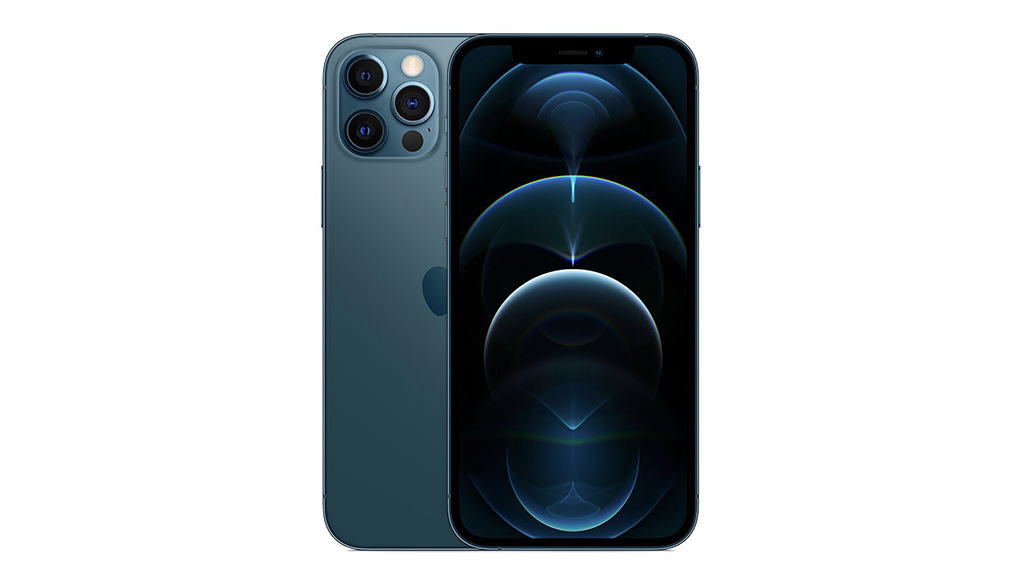
5. iPhone 12 Pro
Our second favorite iPhone
Weight: 189g | Dimensions: 146.7mm x 71.5mm x 7.4 mm | OS: iOS 14 | Screen size: 6.1-inch | Resolution: 1170 x 2532 | CPU: A14 Bionic | RAM: 6GB | Storage: 128GB/256GB/512GB | Battery: Unknown | Rear camera: 12MP + 12MP + 12MP | Front camera: 12MP
The iPhone 12 Pro is remarkably similar to the iPhone 12, and that coupled with the higher price means we’ve ranked it lower, but money aside it’s certainly the better phone.
It has more cameras and storage for one, along with all the same great features as the standard iPhone 12 – including 5G and MagSafe tech.
Screen: The iPhone 12 Pro has a great 6.1-inch OLED screen. It’s one of the best out there, but it’s not much better than the iPhone 11 Pro’s, and there’s only a 60Hz refresh rate.
Battery life: The iPhone 12 Pro has acceptable battery life, but it’s not great. You’ll be charging daily – and there’s no charging block in the box, though wireless charging is at least supported.
Camera: With 12MP main, ultra-wide and telephoto snappers, along with a LiDAR scanner, the iPhone 12 Pro has a versatile camera setup, and one that’s better in low light than its predecessor’s snapper assortment.
Mini verdict: The iPhone 12 Pro isn’t a big upgrade on either its predecessor or the standard iPhone 12, but that still makes it one of the very best iPhones – and phones – you can buy. Still, if you want to save some money you won’t be missing out on much with the basic iPhone 12 – while for the ultimate model there’s the iPhone 12 Pro Max.
Read the full review: Phone 12 Pro review
See the best iPhone 12 Pro telco plans
See the best iPhone 12 Pro outright deals
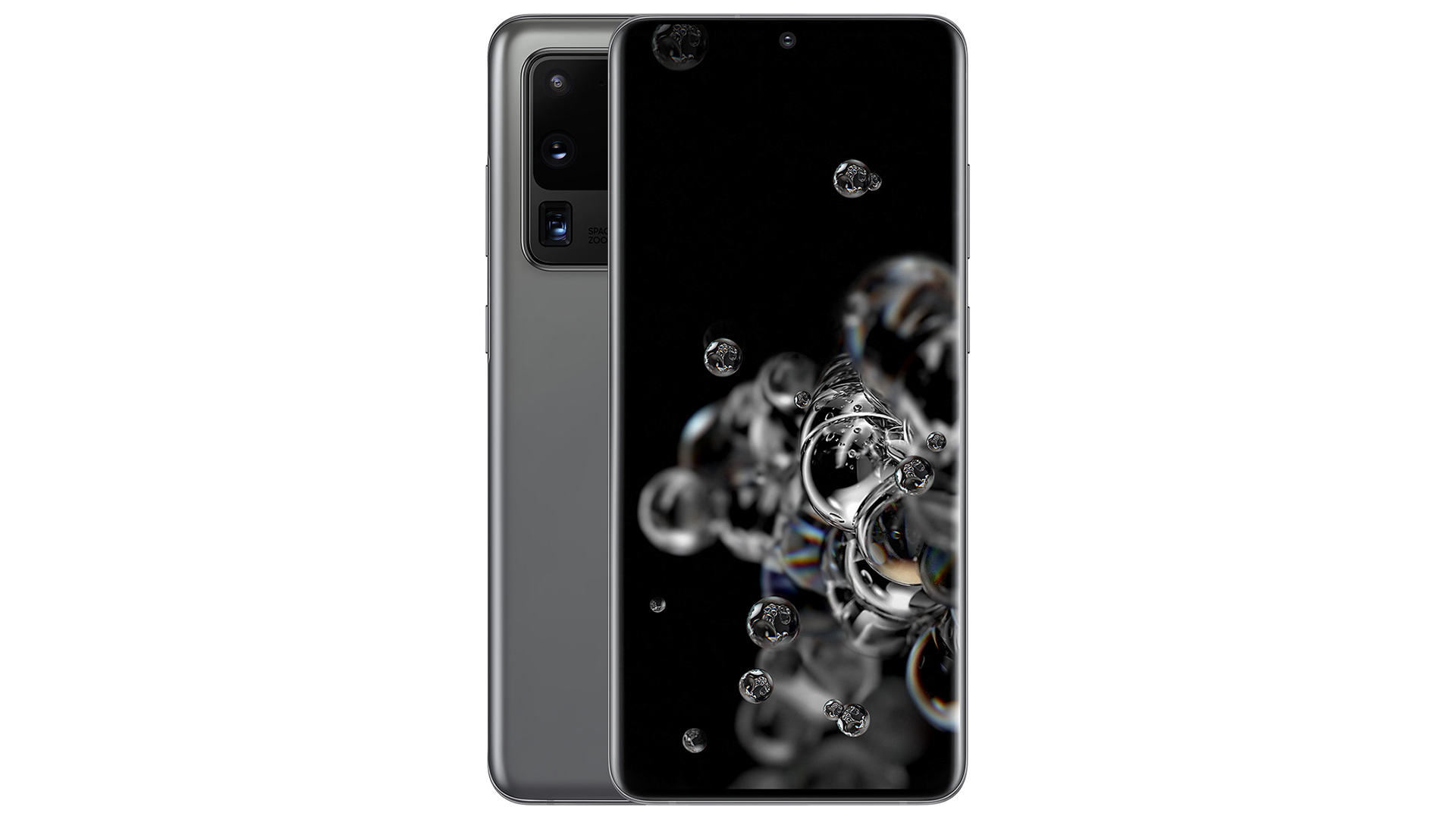
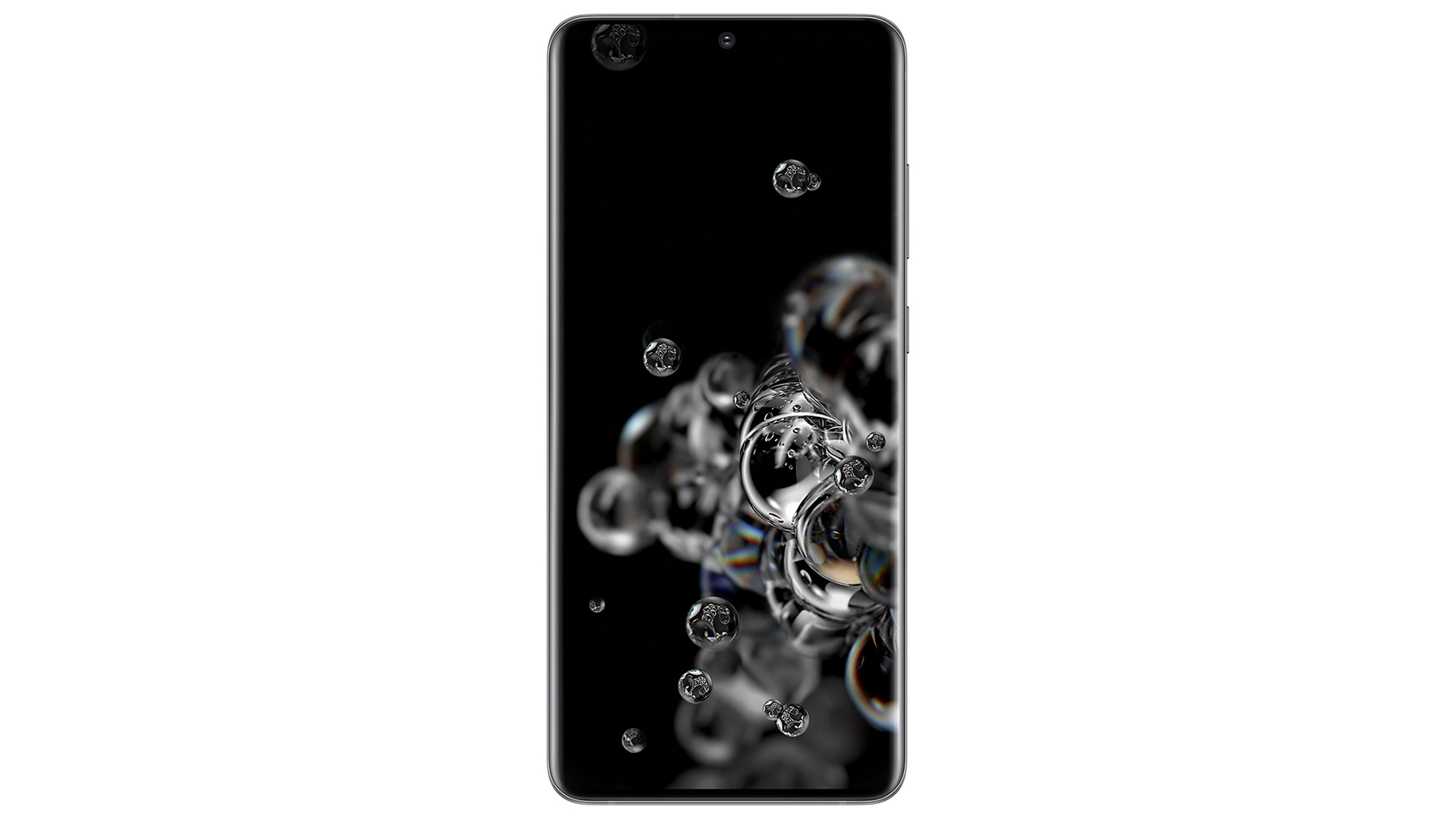
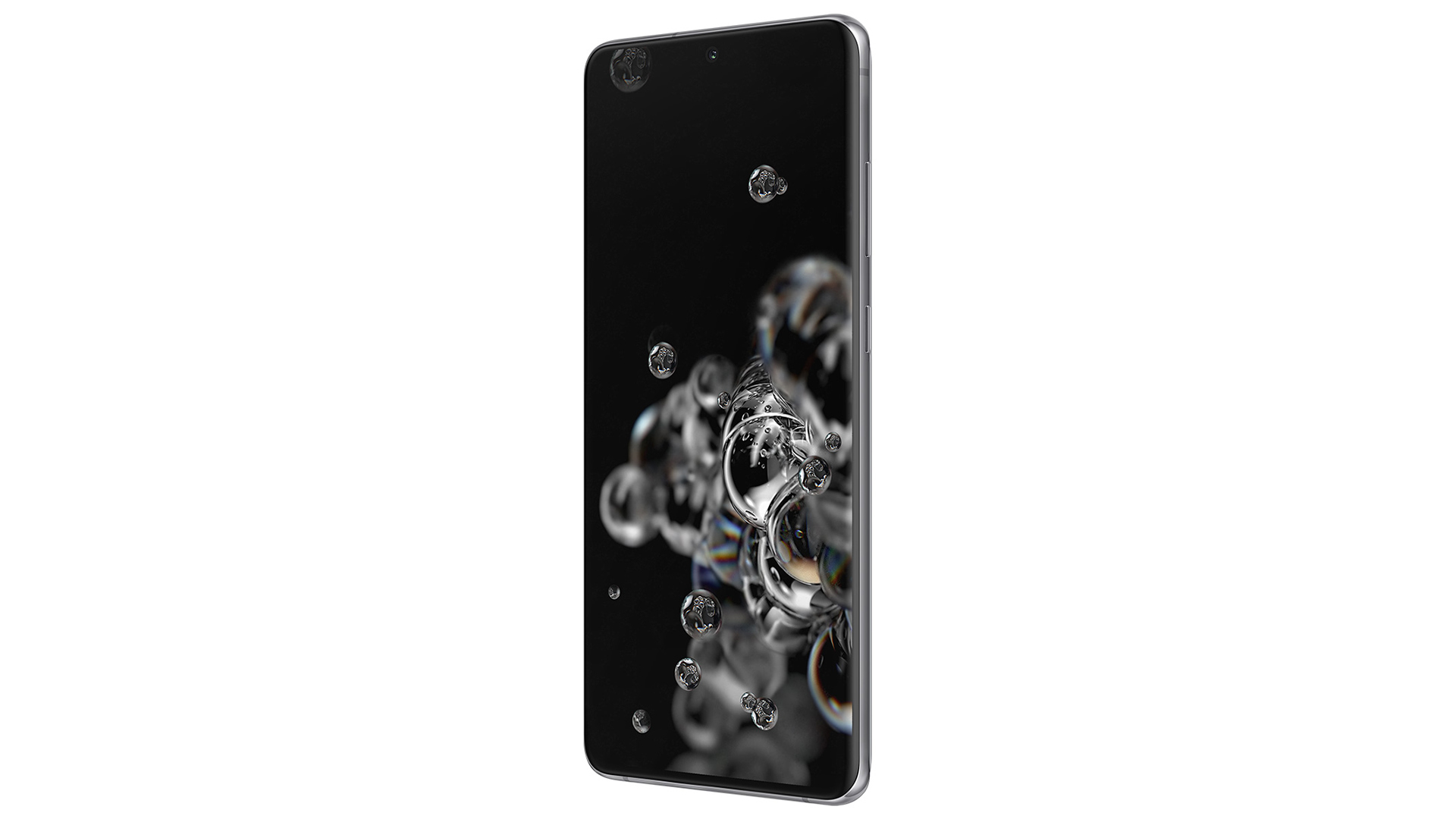
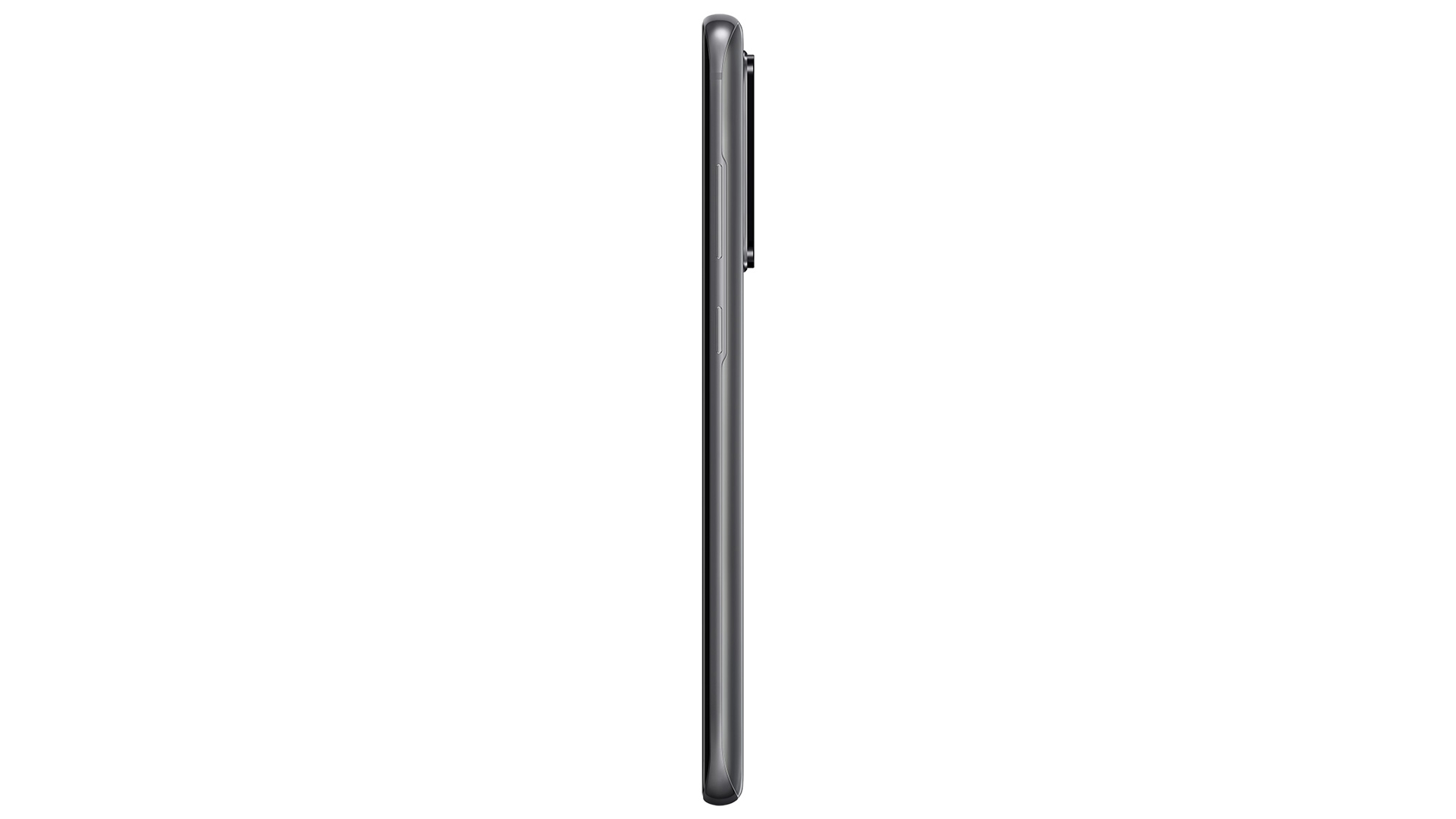

6. Samsung Galaxy S20 Ultra
The ultimate flagship - at an ultimate price
Release date: March 2020 | Weight: 166g | Dimensions: 166.9 x 76 x 8.8mm | OS: Android 10 | Screen size: 6.9-inch | Resolution: 3200 x 1440 | CPU: Snapdragon 865 | RAM: 12/16GB | Storage: 128/512GB | Battery: 5,000mAh | Rear camera: 108MP+48MP+12MP | Front camera: 40MP
The Galaxy S20 Ultra is, indeed, ultra – billed as the ultimate Samsung phone thanks to top-of-the-line specs on paper. It's an evolution of the max-specced Samsung Galaxy S10 5G from last year, though the Ultra's execution isn't the best – particularly when it comes to the device's chunky frame and enormous camera bump, leading to a sense of overkill on Samsung's part.
Screen & Design: The 6.9-inch Infinity-O AMOLED screen is the sharpest we've seen, coming in at a whopping 3200 x 1440 resolution (WQHD+) given the model's slim bezels and the narrowest punch-hole we've ever seen. We love that its maximum refresh rate has been bumped up to 120Hz, though it's a shame the resolution must be lowered to FHD+ in order to use it. That said, it's hard to fault the S20 Ultra's 240Hz touch sensor upgrade, resulting incredibly fast touch response times. Once again, the phone retains an in-screen fingerprint sensor, leaving the phone's back unblemished.
In terms of its design, the S20 Ultra is somewhat of an acquired taste. Following on from last year's sleek and gorgeous Note 10 Plus, the S20 Ultra feels quite bulky in the hand – especially once you place it in the included silicone clear case. Its camera bump is also so large that the phone will rock slightly when placed on its back. Another thing worth mentioning: the S20 Ultra almost completely does away with the curved glass screen that's been a mainstay in Samsung's flagship phone range since the Galaxy S6 Edge, resulting in a much flatter display. This design decision will likely please some people, but is sure to disappoint others.
Battery life: The Galaxy S20 Ultra has a massive 5,000mAh battery, which should help with the drains from the phone's 120Hz and 5G connectivity, along with whatever Wireless PowerSharing and mundane binging or gaming you're doing. It should last you a day or more, though we still haven't hit the two-day battery life threshold yet.
Camera: The massive 108MP main shooter allows you to crop into photos after the fact without as much distortion. However, the appeal is limited. Serious creatives with time on their hands may get use out of this feature more than most people. While there is a 16MP ultra-wide lens roughly akin to that from last year's phone, it's the zoom capabilities that take the cake. The 100x 'Space Zoom' is mostly for bragging rights, as photos at that zoom are muddied - but scan it back out to 30x zoom and it will blow other phones out of the water, especially since the competition typically maxes out at 10x. Here, see our massive S20 Ultra camera test for a deep dive.
Mini verdict: The S20 Ultra is truly cutting-edge, with up to 16GB of RAM, 5G capabilities, 8K video recording and compatibility with both mmWave and sub-6 networks. But you'll pay a premium for the privilege: the phone starts at AU$1,999, and while its camera's specs sound remarkable in writing, like the 108MP sensor, it doesn't always get exposure or autofocus right. Meanwhile, the phone's much-touted 100x 'Space Zoom' proves to be a completely unnecessary extravagance that only adds to its overall price (and the phone's thickness), leading us to recommend the S20 Plus over the S20 Ultra.
Read the full review: Samsung Galaxy S20 Ultra review
See the best Samsung Galaxy S20 Ultra telco plans
See the best Samsung Galaxy S20 Ultra outright deals
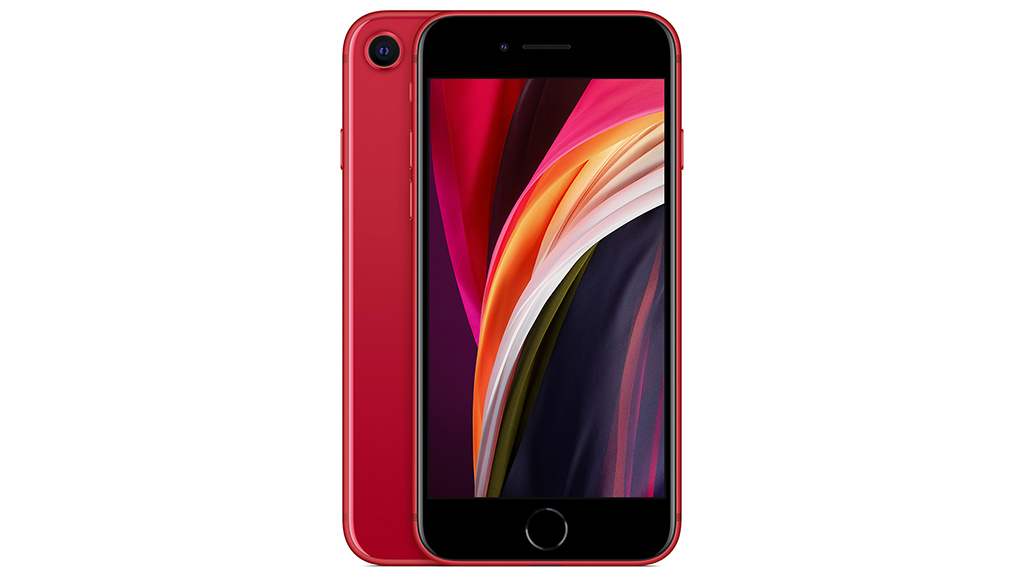
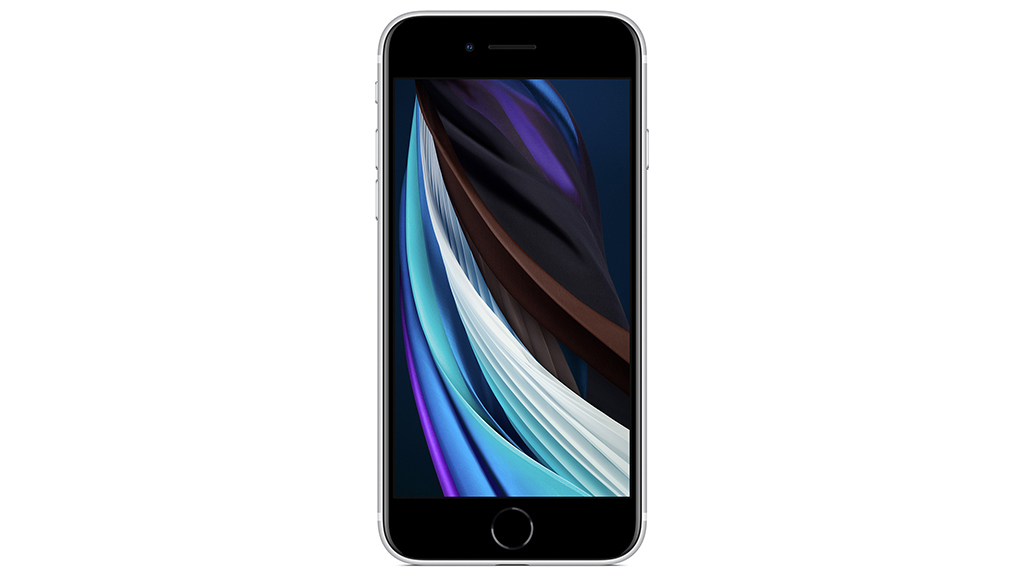
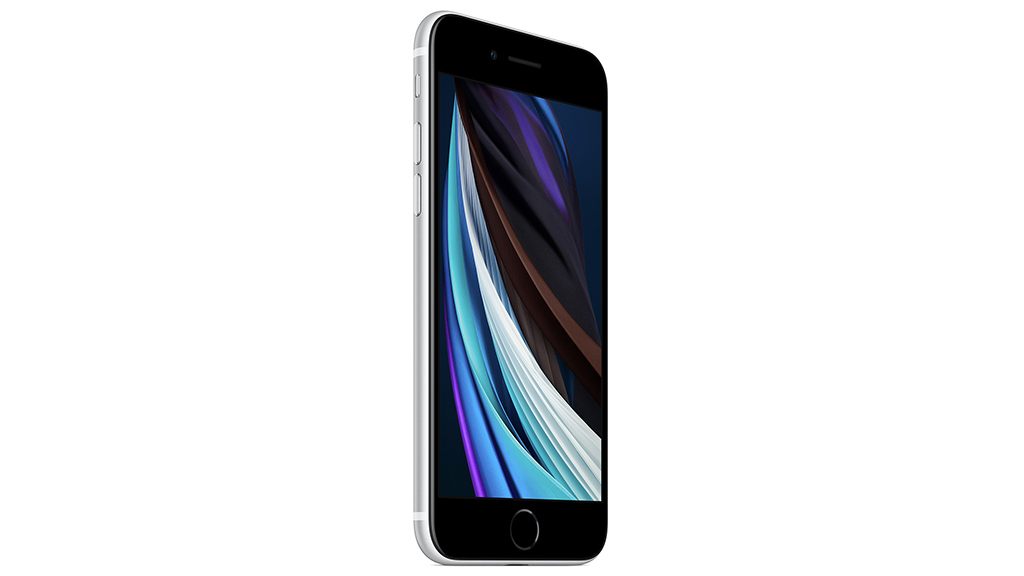
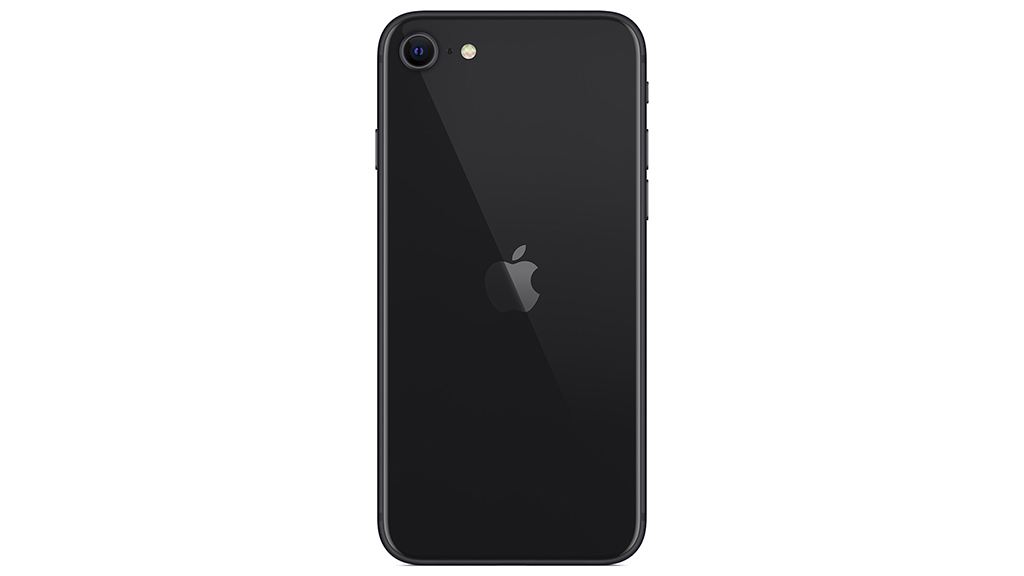
7. iPhone SE (2020)
The cheapest new iPhone for 2020
Release date: April 2020 | Weight: 148g | Dimensions: 138.4 x 67.3 x 7.3mm | OS: iOS 13 | Screen size: 4.7-inch | Resolution: 1134 x 750 | CPU: A13 Bionic | RAM: 3GB | Storage: 64/128/256GB | Battery: 1,821mAh | Rear camera: 12MP | Front camera: 7MP
The iPhone SE 2020 is the sequel to the one-hand-friendly iPhone from 2016, and it takes the power and specs we loved from the iPhone 11 series and crams them into the design of the iPhone 7 and iPhone 8.
Screen & Design: This new iPhone SE has a 4.7-inch screen borrowed from the iPhone 7 and iPhone 8, so it's bigger than the original iPhone SE, but remains one-hand-friendly. That's become important for people who have been demanding a smaller phone. This is the one to get, even if the resolution and bezel won't wow anyone.
Battery life: As long as you aren't a power user (who would likely opt for the iPhone 11 series anyway), then you'll be OK with what Apple offers in terms of battery life. It's not going to last you any longer than a day, though, with generally the same amount of power as we saw on the iPhone 8, which had a 1,821mAh battery capacity.
Camera: For the money, the iPhone SE 2020 takes perfectly fine photos in good light. You won't notice much of a difference outside of it occasionally failing to nail perfect exposure levels and depth of field outdoors during the daytime. Dim the lights, however, and you'll notice one glaring omission: the night mode that's on the more powerful iPhones. That requires an upgrade to at least the iPhone 11.
Mini verdict: This isn't Apple's most powerful iPhone, but it's the best value for people who want to stick with iOS 13 without paying through the nose. Its screen technology won't wow you like an iPhone 11 Pro, and there's just one camera on the back, but starting AU$749 it's easily the most affordable new iPhone currently on the market. Simply put, the iPhone SE (2020) is hard to be if you're on a budget and don't want to switch to Android.
Read the full review: iPhone SE 2020 review
See the best iPhone SE 2020 telco plans
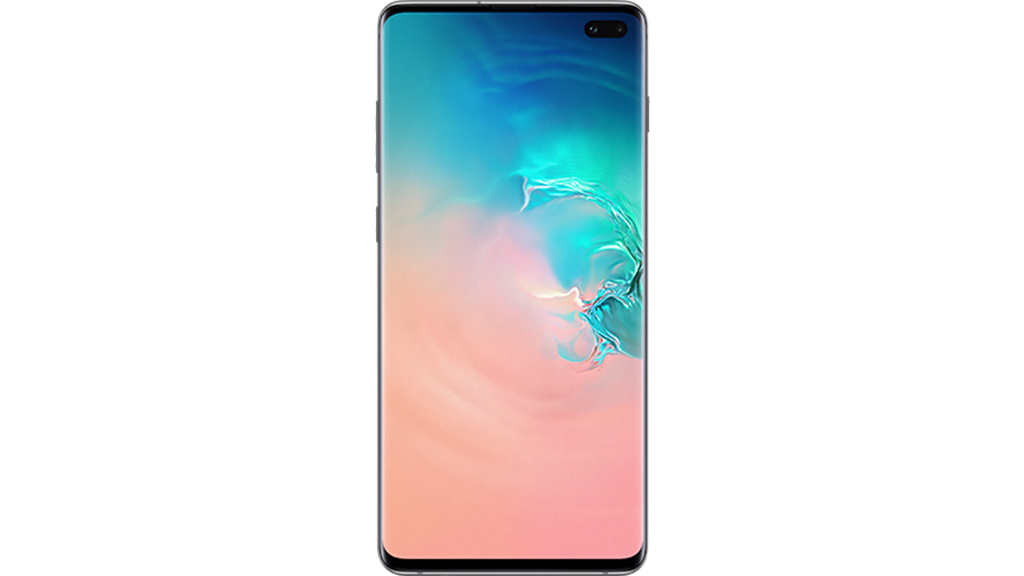
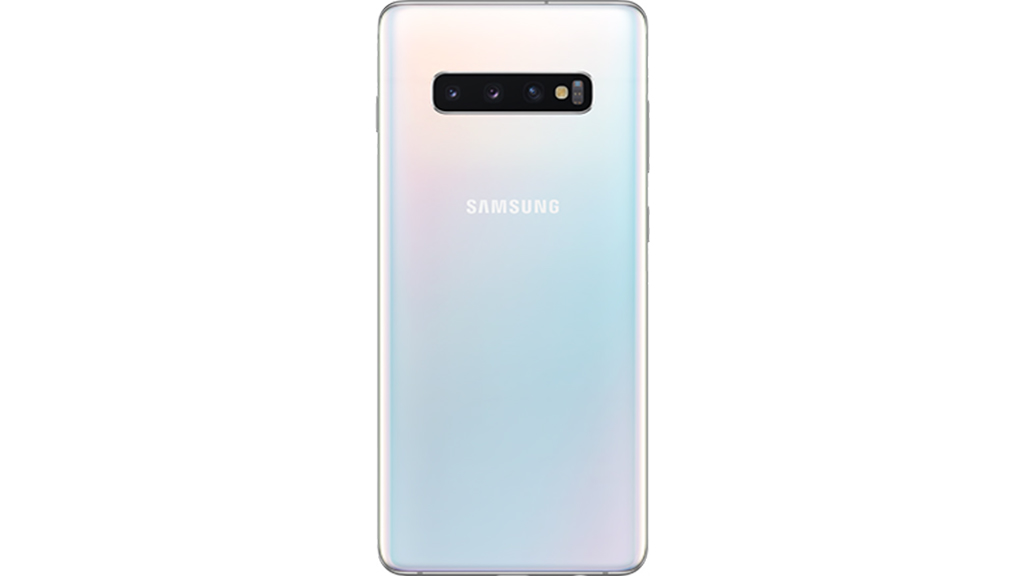
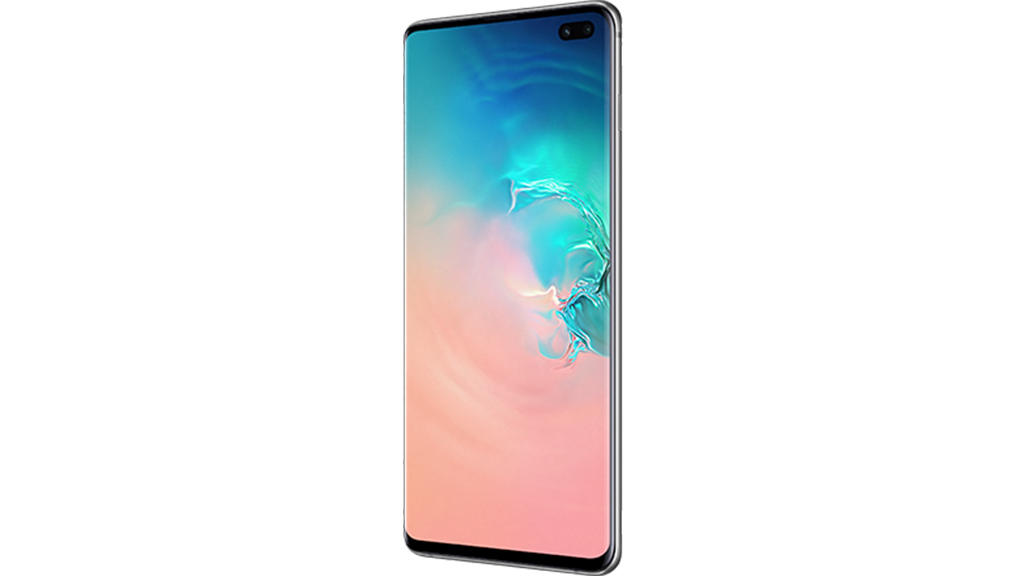
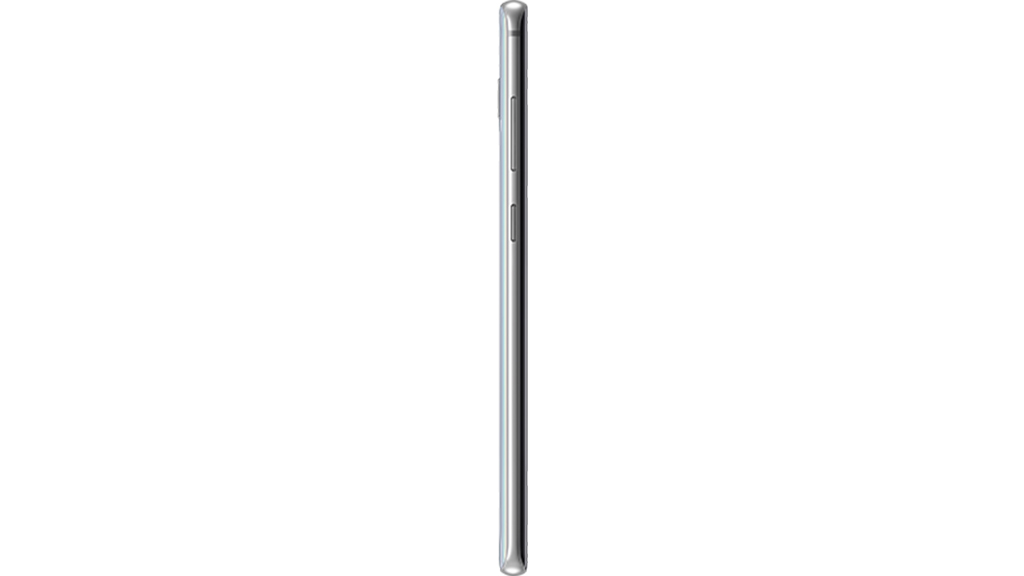
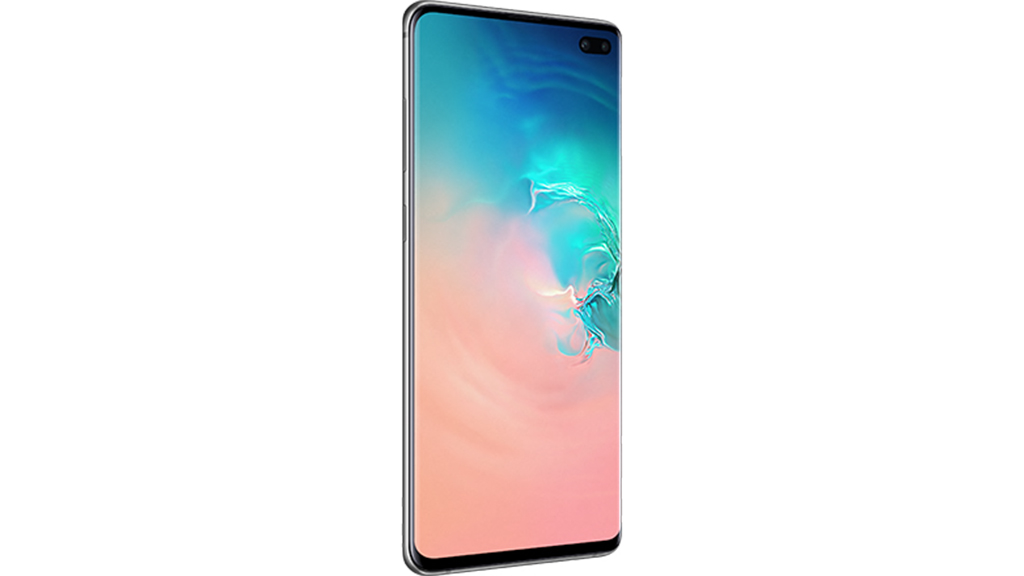
8. Samsung Galaxy S10 Plus
Samsung's greatest S10 phone
Release date: March 2019 | Weight: 175g (Ceramic 198g) | Dimensions: 157.6 x 74.1 x 7.8mm | OS: Android 9 | Screen size: 6.4-inch | Resolution: 1440 x 3040 | CPU: Exynos 9820 | RAM: 8GB / 12GB | Storage: 128GB/512GB/1TB | Battery: 4,100mAh | Rear camera: 12MP + 12MP + 16MP | Front camera: 10MP + 8MP
Now in its tenth generation, Samsung’s Galaxy S range has just about reached the pinnacle of traditional smartphone design with the Galaxy S10 Plus. Boasting the world’s best display, advanced ultrasonic security, reverse wireless charging, exceptional performance and its most impressive camera setup to date, it’s difficult to see where non-folding smartphones can go from here. Combined with Samsung’s new Android 9 Pie-based One UI, the S10 Plus really feels like the ultimate Galaxy phone – it’s no wonder the South Korean electronics giant is ready to embrace a foldable future.
Screen: Regardless of where you stand on the notch vs pinhole debate, you’re likely to be floored by the S10 Plus’ almost completely bezel-free display when you see it in person for the first time.
With its 93.1% screen-to-body ratio, the S10 Plus’ pill-shaped pinhole camera is far less obtrusive than you might assume from simply seeing renders of the device – with One UI’s dark mode switched on, the pinhole practically disappears during a large portion of the phone’s daily usage.
As we’ve come to expect from each new Galaxy phone, the S10 Plus’ QHD+ Super AMOLED screen is brighter and more vibrant than ever before (it’s the first Samsung phone to support HDR10+), though its biggest update comes in the form of an in-display ultrasonic fingerprint sensor, which uses sound waves to create a 3D scan of your prints for more accurate and secure unlocks.
Design: In terms of build quality, the Galaxy S10 Plus is still sandwiched between two gorgeous pieces of Gorilla Glass, although the device’s frame has seen an upgrade from aluminium to stainless steel, making this year’s model altogether more sturdy.
The 3.5mm headphone jack and microSD card slot each make a very welcome return this year, though the S10 Plus’s design isn’t without its flaws – Samsung’s still sticking with its dedicated Bixby button this year, and for some reason, the power button’s placement is now awkwardly high on the device’s right edge, making it difficult to reach unless held a specific way.
Performance: A significant step up from the 3,500mAh battery featured in last year’s S9 Plus, the S10 Plus’ whopping 4,100mAh battery takes the crown previously held by the Note 9, making it the largest Samsung has ever placed in a phone. Even at 80% brightness and with the display’s resolution set to QHD+, we’ve always managed to get a full day’s use out of the device with some battery to spare.
The Exynos 9820 chipset and 8GB of RAM featured in the base model S10 Plus offers snappy app-switching, effortless multi-tasking and excellent gaming performance, producing buttery smooth gameplay in Fortnite at 60FPS while on the ‘epic’ graphics setting. Of course, Galaxy S10 Plus models with up to 12GB of RAM are also available.
Camera: Samsung pulled out all the stops for its latest flagship’s cameras this year, sporting a triple lens setup on the device’s rear – that’s a 12MP regular lens, a 12MP optically-zoomed telephoto lens, and an eye-opening 16MP ultra-wide lens which is said to have a field of view that’s similar to the human eye.
On the front of the device, the S10 Plus features a dual lens camera setup, with a 10MP primary camera and an 8MP depth sensor, allowing users to take bokeh self-portraits and photos with other effects. All of this is once again backed by Samsung’s AI-based scene optimiser, which is able to recognise objects and automatically adjust the camera’s settings, as well as show shot suggestions to improve your photos.
Mini verdict: Until the Note 10, Samsung’s Galaxy S10 Plus was the best phone of 2020, impressing with its breathtaking display, refreshed user interface, excellent battery life, terrific performance and carefully considered design choices. Simply put, the Galaxy S10 Plus is up there with the best phones currently available.
Read the full review: Samsung Galaxy S10 Plus
See the best Samsung Galaxy S10 Plus telco plans
See the best Samsung Galaxy S10 Plus outright deals
9. iPhone 11
The most affordable new iPhone
Release date: September 2019 | Weight: 194g | Dimensions: 150.9 x 75.7 x 8.3mm | OS: iOS 13 | Screen size: 6.1-inch | Resolution: 828 x 1792 | CPU: A13 Bionic | RAM: 4GB | Storage: 64/128/256GB | Battery: 3,110mAh | Rear camera: 12MP+12MP | Front camera: 12MP
While the iPhone 11 isn't as technically advanced as the iPhone 11 Pro and Pro Max, its price certainly makes it the most approachable new Apple handset released in 2019. It also has most of the key features from this year’s Apple device lineup, sporting the same A13 Bionic chip as its bigger brothers Basically, the entry-level iPhone 11 is this year’s iPhone XR, making it the ideal choice for those who want the latest Apple features at the lowest cost.
Screen & Design: The iPhone 11 sports the same 6.1-inch Liquid Retina IPS LCD display as last year’s iPhone XR, placing it right in between the iPhone 11 Pro and 11 Pro Max in terms of size. That makes it an appealing choice for those who want a large screen, but not the absolute largest.
Sure, it doesn’t offer the same deep blacks and infinite contrast found in the OLED displays on both Pro models, but chances are you won’t notice the difference as this is a gorgeous display regardless. That said, the iPhone 11 still sports the same enormous notch that’s been present on every Apple handset since the iPhone X.
Performance: You’ll be pleased to hear that the iPhone 11 can easily deliver all-day battery life. We’ve even found it to be an improvement on last year’s iPhone XR battery, which was already very impressive. Admittedly, the iPhone 11 Pro models boast larger batteries, and it’s a bit disappointing to see that the iPhone 11 does not come with a fast charger in the box like its bigger siblings.
That said, general performance is absolutely stellar on the iPhone 11, with the new A13 Bionic chip providing incredibly snappy navigation in the latest iOS 13 update, along with exceptional gaming prowess.
Camera: This is close to the best iPhone camera, boast a dual lens 12MP + 12MP setup that includes a new ultra-wide camera that makes photos appear larger than life. Sure, it's missing the telephoto lens that’s included on the Pro models, but you're still getting the two best cameras from that particular combination, and it’s also got a long exposure night mode that will automatically brighten up dark shots.
Mini verdict: The iPhone 11 isn’t technically the most advanced Apple handset to be released this year, but thanks to its more affordable price point, it’s sure to be the most popular.
Read the full review: iPhone 11
See the best iPhone 11 telco plans
See the best iPhone 11 outright deals
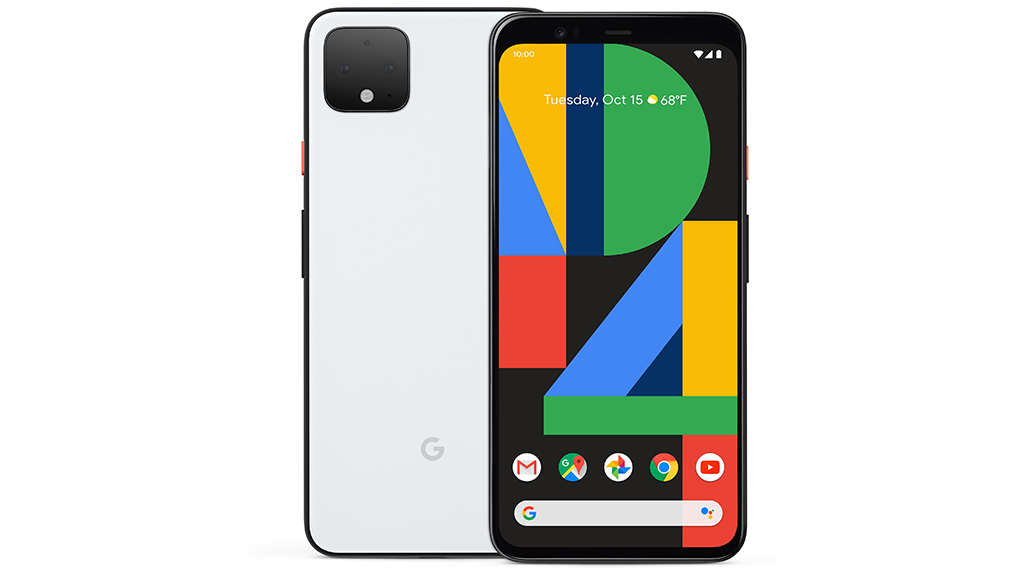
10. Google Pixel 4 XL
Still top cameras, and a few odd new features
Release date: October 2019 | Weight: 193g | Dimensions: 160.4 x 75.1 x 8.2mm | OS: Android 10 | Screen size: 6.3-inch | Resolution: 1440 x 3040 | CPU: Snapdragon 855 | RAM: 6GB | Storage: 64GB/128 | Battery: 3,700mAh | Rear camera: 12.2MP + 16MP | Front camera: 8MP
The Google Pixel 4 XL came out late last year, bringing a long-awaited second camera lens, new radar technology with face unlock, and a better screen. While it's still one of our top smartphone cameras, the loss of the rear fingerprint sensor and middling new features like the erratic Face Unlock and aerial gesture control Motion Sense makes this Pixel iteration less of a generational leap than its predecessors.
Screen: The Pixel 4 XL has the same 6.3-inch screen as the Pixel 3 XL, though it's been stretched to a 19:9 aspect ratio and its refresh rate has been upped to 90Hz for smoother app browsing and gaming. Last year's notch has been ditched for a return to a solid black bar. Colors are rich on the OLED display, and thanks to the dual front-facing speakers, it makes for a handy streaming device.
Battery life: While the 3,700mAh capacity sounds like a lot, we found the battery lasted less than a day with even moderate use - any extreme GPS or photo sessions will drain it even faster. If you’re not taking a lot of photos, it may be easier to get a full day of battery, but with such a good camera, it may be tough to avoid.
Camera: The Pixel 4 XL’s cameras are its best selling point. On back, the 12.2MP sensor paired with Google’s brilliant software optimization make for stunning photos in most situations, and the added 16MP telephoto enables respectable hybrid zoom clarity with its Super Res Zoom feature. Best of all, the Night Sight mode has been improved - and can even snap shots of the heavens with its Astrophotography function.
Mini verdict: The Pixel 4 XL is powerful and its camera capability is still great, but its middling new features and compromises make it a bit less of a standout iteration. Still, with Google’s knack for photo optimization, this phone can almost sell itself with the camera alone.
Read the full review: Google Pixel 4 XL
See the best Google Pixel 4 XL telco plans
See the best Google Pixel 4 XL outright deals
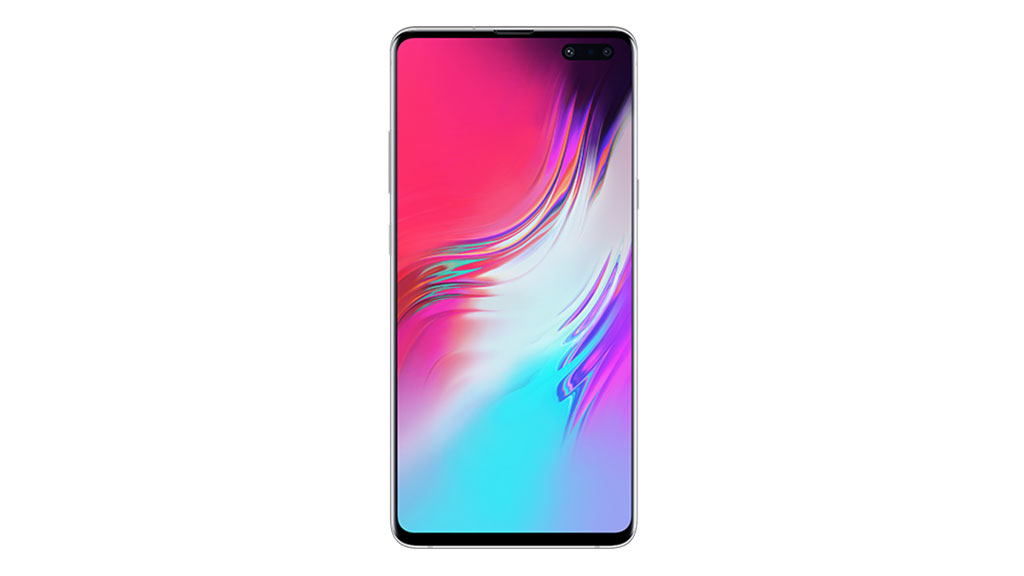
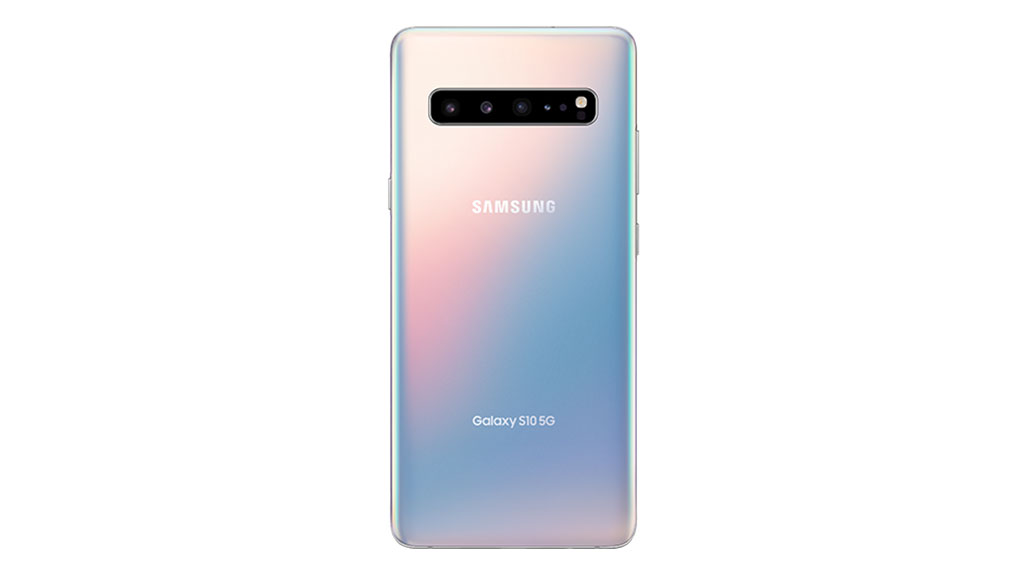
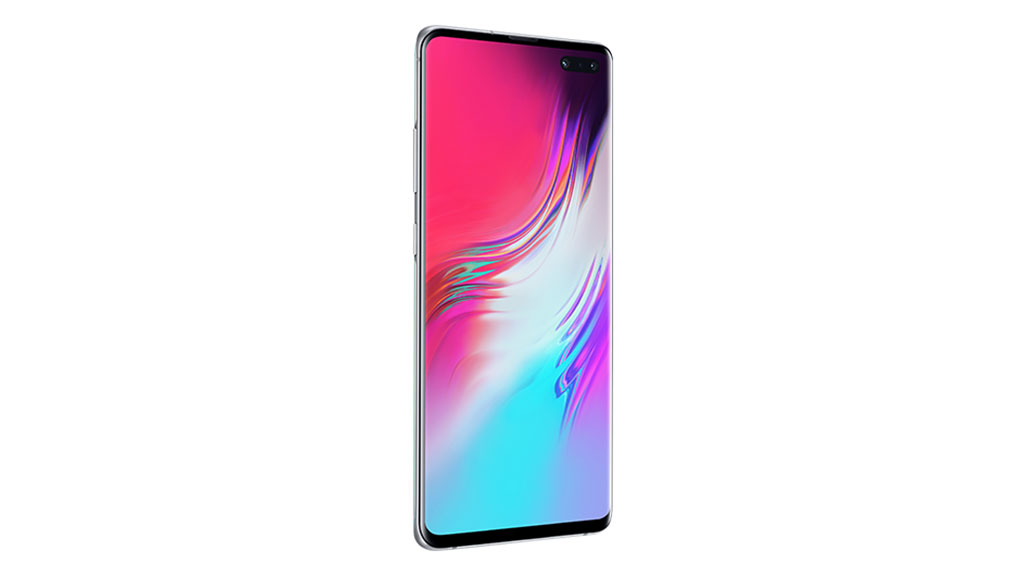
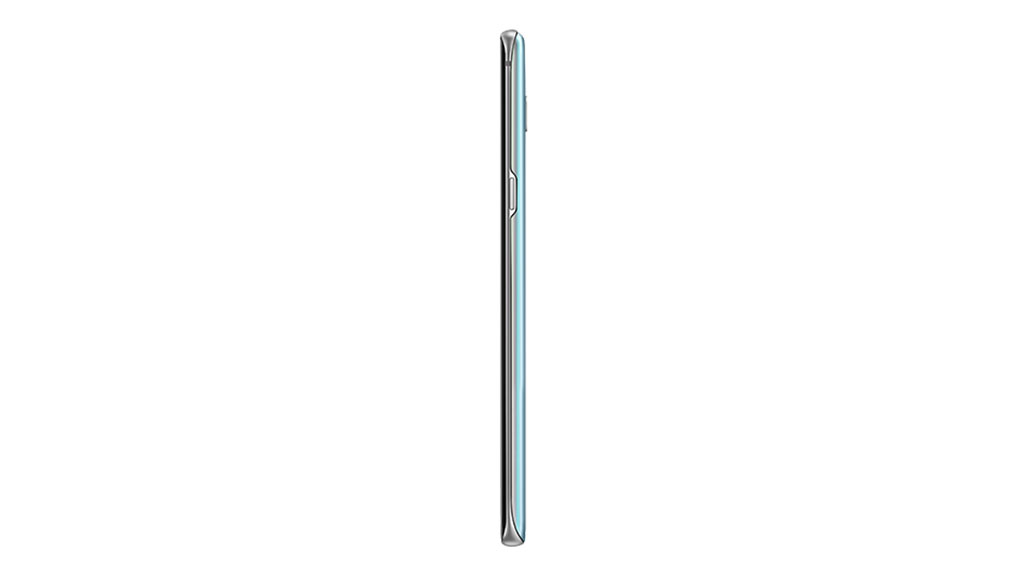
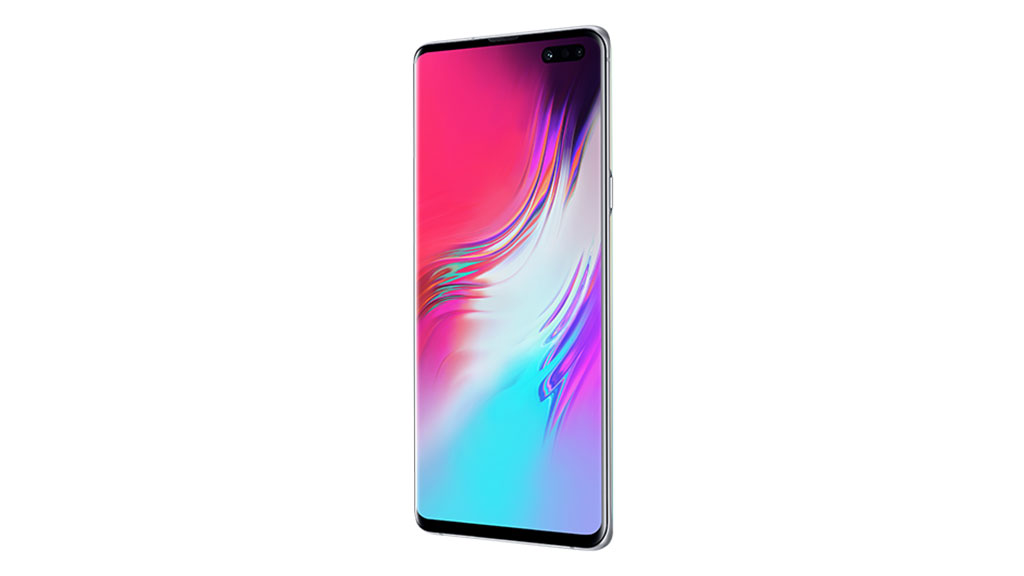
11. Samsung Galaxy S10 5G
Samsung's best phone for power users
Release date: June 2019 | Weight: 198g | Dimensions: 162.6 x 77.1 x 7.9mm | OS: Android 9 | Screen size: 6.7-inch | Resolution: 1440 x 3040 | CPU: Exynos 9820 | RAM: 8GB | Storage: 256GB/512GB | Battery: 4,500mAh | Rear camera: 12MP + 12MP + 16MP + ToF 3D camera | Front camera: 10MP + ToF 3D camera
Undoubtedly the most advanced smartphone Samsung has ever produced, the Galaxy S10 5G may actually offer more than many users will arguably need this early in our 5G network's infancy.
At present, there's not a lot of 5G coverage outside of a few key metropolitan spots, so you could be forgiven for wanting to wait until the network establishes itself a bit further. The handset isn't currently available for outright purchase, either – the only way to get one is to go on a 24/36-month contract at Telstra – something which may put off potential buyers.
That said, Telstra is at least offering customers a free trial of its 5G network on its entry-level Small and Medium plans until June 30, 2020, after which users can choose to keep their 5G access for an extra $15 per month (the fee is waived on the telco's pricier Large and Extra Large plans).
Of course, it's only a matter of time before 5G coverage expands its reach across Australia, so if you're the type who likes to get in early on next generation technological advancements and are willing to sign up to an expensive contract for the privilege, the Samsung Galaxy S10 5G is absolutely the way to go.
Screen: The Samsung Galaxy S10 Plus already offered an amazing screen, and the S10 5G offers even more of it – boasting a slightly larger 6.7-inch QHD+ Super AMOLED display, the Galaxy S10 5G is directly comparable to the Note 9 in terms of screen real estate, making it ideal for consuming media, playing games and browsing the web. Like the other phones in the S10 range, it's incredibly vibrant, offering HDR10+ support for fantastic colour accuracy and exceptional brightness.
Design: In the hand, Samsung's Galaxy S10 5G is as premium as they come, feeling weightier than the S10 Plus and sporting two new striking colour options in Majestic Black and Crown Silver. Obviously the phone is larger than its siblings, however there are a few other changes to take note of.
In our S10 Plus entry on the previous page, we noted that its power button is a little too high up on the phone, making it slightly awkward to reach. This has been remedied with the S10 5G, as the button is now placed around a third of the way down along the right edge of the handset.
The phone's in-display fingerprint sensor has also moved, only this time it's in the opposite direction – it's now slightly higher at a more ergonomic position about an inch and a half from the bottom of the device, meaning you won't have to force your thumb downwards when unlocking with one hand.
Of course, one change is sure to rub longtime Galaxy users the wrong way – the S10 5G has unfortunately dropped its microSD card slot, meaning you'll have to make do with the onboard storage on offer. Thankfully, there's a lot of it, with options for 256GB and 512GB of space. Fans will also be happy to hear that the 3.5mm headphone is also still around.
Performance: Previously, we noted that the S10 Plus’ 4,100mAh battery was the largest Samsung has ever placed in a phone. Well, that record has already been beaten, as the S10 5G's battery is even larger at a staggering 4,500mAh.
As for its internals, the S10 5G is pretty much identical to its siblings, offering the same Exynos 9820 chipset. That said, the S10 5G only offers 8GB of RAM, so you'll have to stick with a top-tier Galaxy S10 Plus model if your heart is set on having 12GB of memory at your disposal.
Camera: It would've been easy for Samsung to just bring the S10 Plus' triple-lens system (12MP primary + 12MP telephoto + 16MP ultra-wide) over to the S10 5G, however, it's opted to upgrade the handset's camera's even further, adding a fourth 'Time of Flight' (ToF) 3D lens to the phone's rear.
Like the S10 Plus, the S10 5G has a pill-shaped cutout for its front-facing cameras, and if you look closely, you'll notice that it's slightly longer than the one featured on its sibling – this is to accommodate a new dual-pixel autofocus system, which allows the phone to judge depth in selfies more accurately.
Mini verdict: Unquestionably the most impressive handset Samsung has ever released, there are a few reasons why it's still easier to recommend the Samsung Galaxy S10 Plus over the 5G. For starters, it isn't available to purchase outright (yet), meaning your only way to get one is to sign up for a two or three-year contract with Telstra. There's not a lot of 5G coverage at the moment, either. That said, the S10 5G does offer an enormous battery, unrivalled design, beastly performance, a fantastic camera and a stunning OLED screen, making it the most impressive Galaxy handset we've ever used.
Read the hands on review: Samsung Galaxy S10 5G
See the best Samsung Galaxy S10 5G telco plans
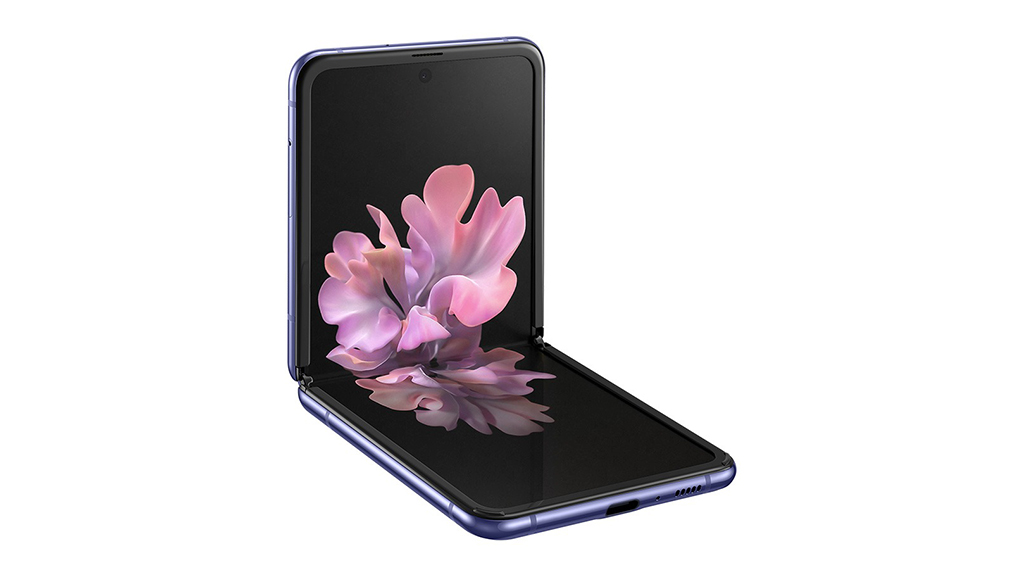
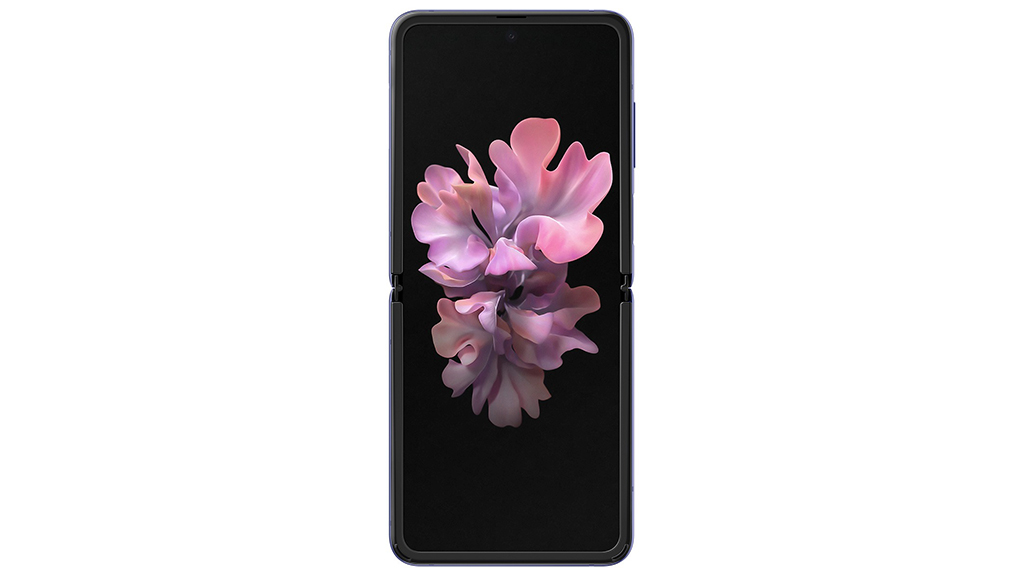
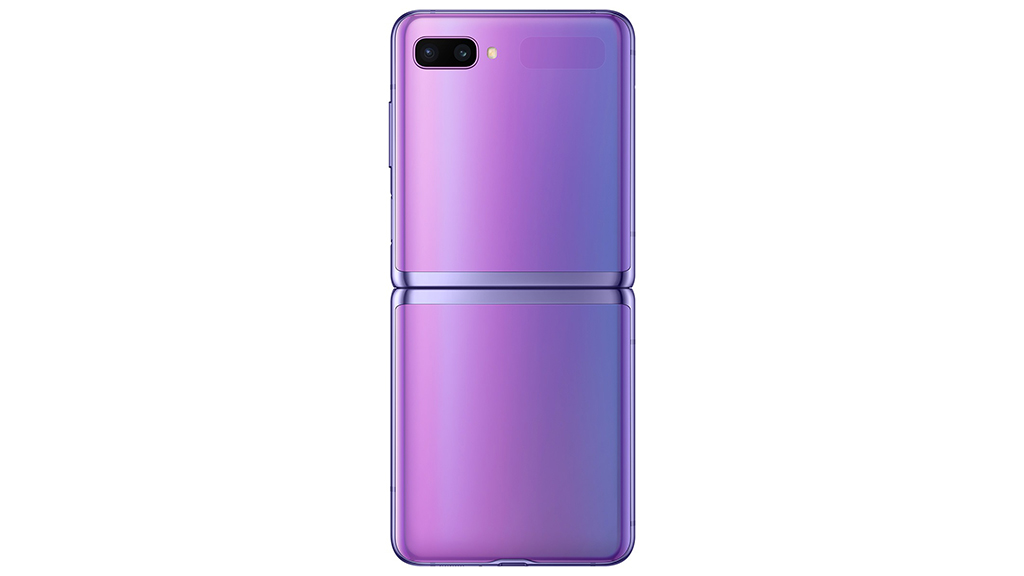
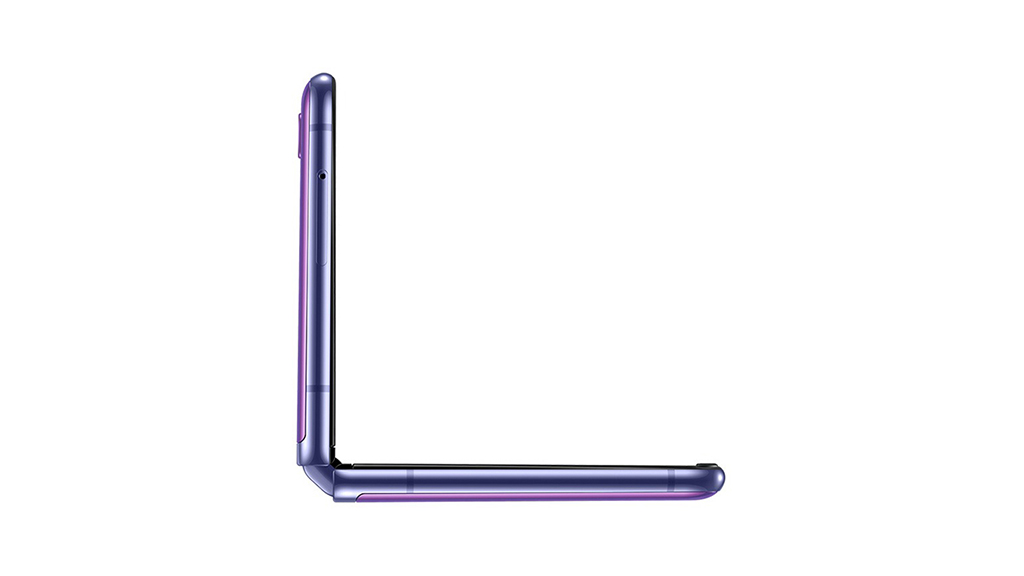
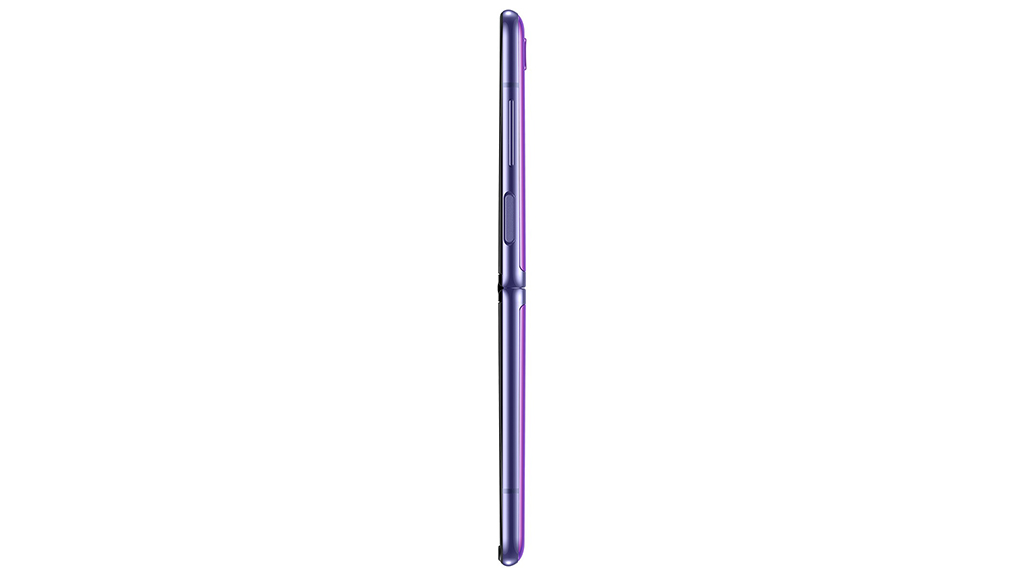
12. Samsung Galaxy Z Flip
Easily the best foldable smartphone to date
Release date: April 2020 | Weight: 183g | Dimensions: 167.3 x 73.6 x 7.2mm (unfolded) | OS: Android 10 | Screen size: 6.7-inch | Resolution: 1080 x 2636 | CPU: Snapdragon 855+ | RAM: 8GB | Storage: 256GB | Battery: 3,300mAh | Rear camera: 12MP (wide) + 12MP (ultra-wide) | Front camera: 12MP
It's no secret that foldable display technology is set to be the smartphone market's next big thing. While several phone manufacturers (including Huawei and Motorola) have already stepped up to the plate, it's our opinion that Samsung's Galaxy Z Flip is easily the most premium in its execution.
Of course, while the flexible handset boasts top-of-the-line specs comparable to the best of last year's smartphones, its cutting edge form factor does result in a substantial jump in price – the Galaxy Z Flip will set you back a cool AU$2,199 dollars, which, while expensive, is admittedly far more reasonably priced than the AU$2,999 Samsung Galaxy Fold or the AU$3,999 Huawei Mate Xs.
Screen: The new Samsung Galaxy Z Flip is the flip-phone-style foldable smartphone with a 6.7-inch display that collapses in half. Its novelty will turn heads, but so will its price. Thankfully, the Galaxy Z Flip's display is as stunning and vibrant as any other Samsung flagship from recent years.
Its durable thin glass is extraordinary, instantly feeling sturdier than the plastic screen featured in Samsung's own Galaxy Fold, and significantly higher in quality than the new Motorola Razr. On the outside of the device, you also have a small display that sits alongside the camera, which shows scrolling notifications when the Z Flip is folded shut.
Design: The candy bar-style of the Galaxy Z Flip, when unfolded, makes it distinct from the mini-tablet-like Galaxy Fold. The Z Flip has a 6.7-inch Full HD+ screen and 21.9:9 aspect ratio, which feels extremely tall in the hand.
While the Z Flip appears to be longer than normal thanks to its reduced width, it's actually around the same height as Samsung's Galaxy Note 10 Plus. To state the obvious, the Z Flip's height is halved when folded, though becomes twice as thick as a result. Even with that increased thickness, the folded Galaxy Z Flip feels tiny, and will comfortably slip into any pocket without fuss.
Aside from its thin, flexible glass, the Galaxy Z Flip's folding action is made possible by a sturdy hinge that's concealed by an aluminium spine which only reveals itself when the clamshell is shut. In our time with the device, we've only noticed very minor creaking from the mechanism, and that's with the Z Flip held right up to our ear.
Performance: Boasting last year's top Snapdragon chipset (and not an Exynos SoC like we're used to getting in Australia), the Galaxy Z Flip feels expectedly responsive and snappy while moving around Samsung's One UI 2.0 Android 10 skin, while gaming performance is also stellar.
In terms of battery life, the Galaxy Z Flip sports a smaller than usual 3,300mAh battery which should keep you juiced through a whole day of usage.
Camera: Admittedly, the Galaxy Z Flip's dual camera setup, which sports 12MP wide and ultra-wide lenses, feels like a concession in 2020, particularly when you consider the handset's high price point. That said, it still takes very nice, vibrant pictures, just don't expect detail to remain high when zoomed in.
Mini verdict: As the first foldable device to land in our best phones in Australia 2020 list, the Samsung Galaxy Z Flip does not disappoint. It sports a beautiful design and ultra-premium look and feel, with a neat folding concept that never ceases to impress. Though ithe Z Flip's price point will put it out of reach for many consumers, there's no denying that it's easily the finest foldable smartphone thus far. We eagerly look forward to seeing what Samsung will come up with in this category next.
You're at the end of the guide, but that doesn't mean we can't help you still - if you're stuck on which model is for you, we've got a tool that can compare all the phones together and you can decide which one suits you best based on the cost.
If you want to get all the info, then use the tool below or check out our full mobile phone plans page.
Enter price comparison
from TechRadar - All the latest technology news https://ift.tt/2FYUtJb
Aucun commentaire: